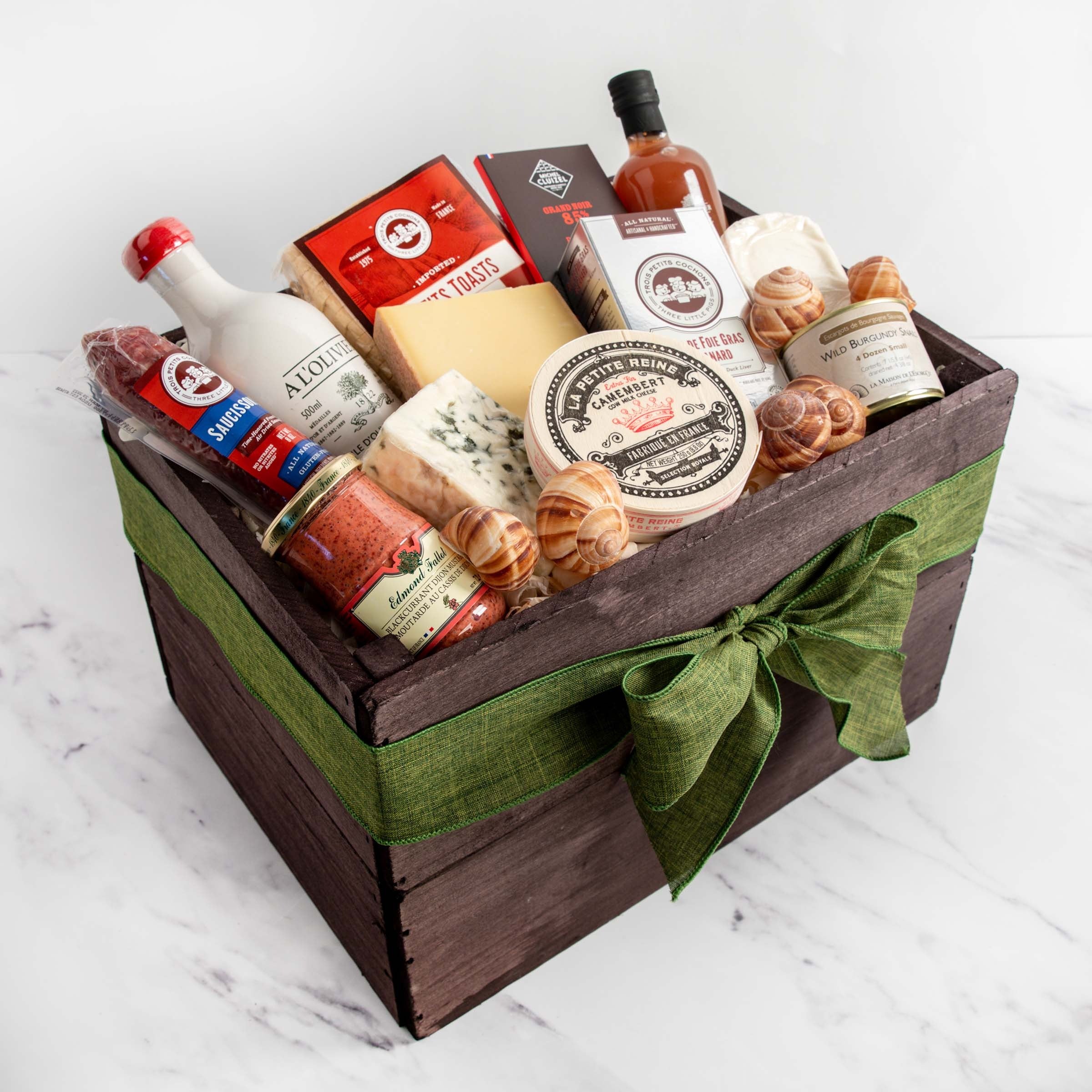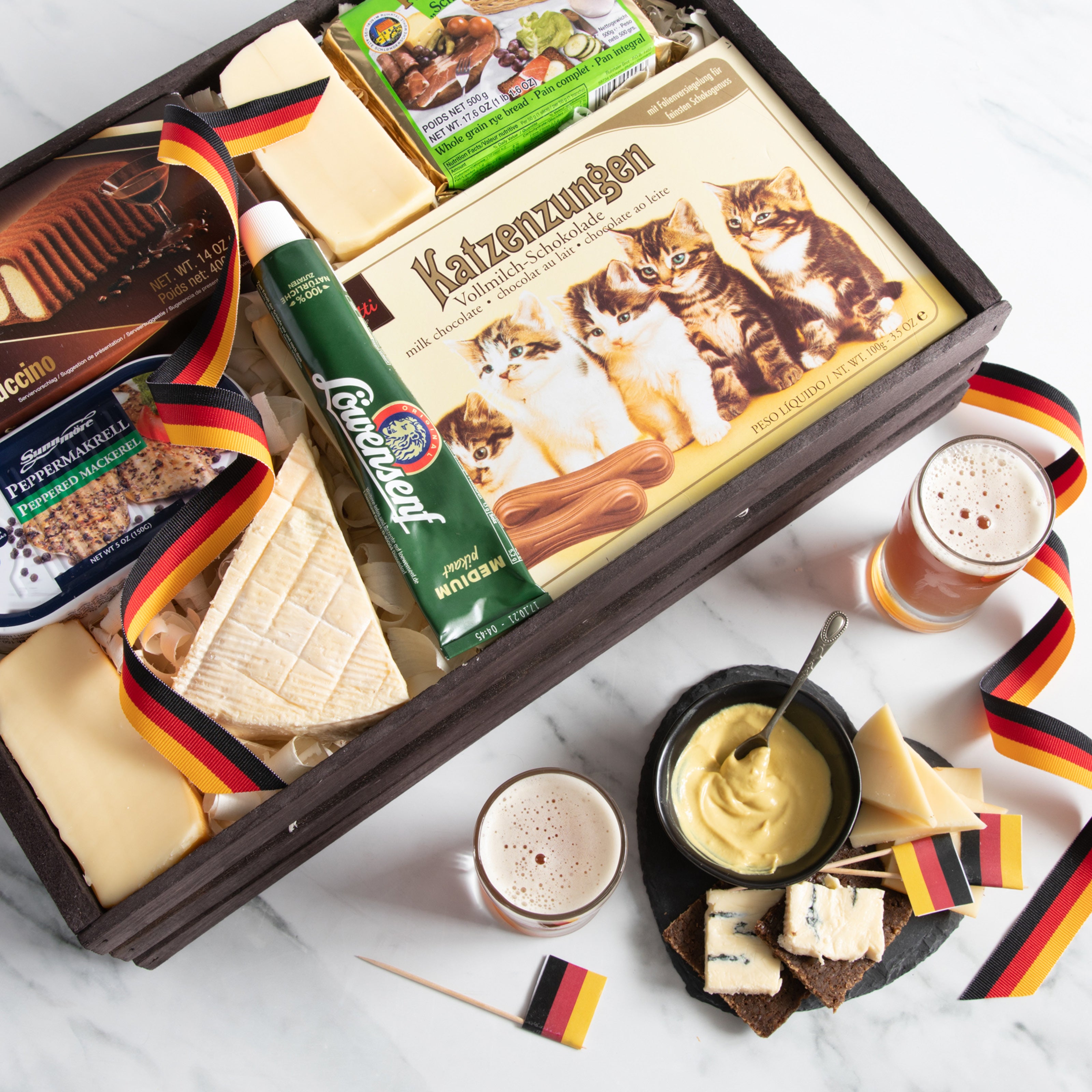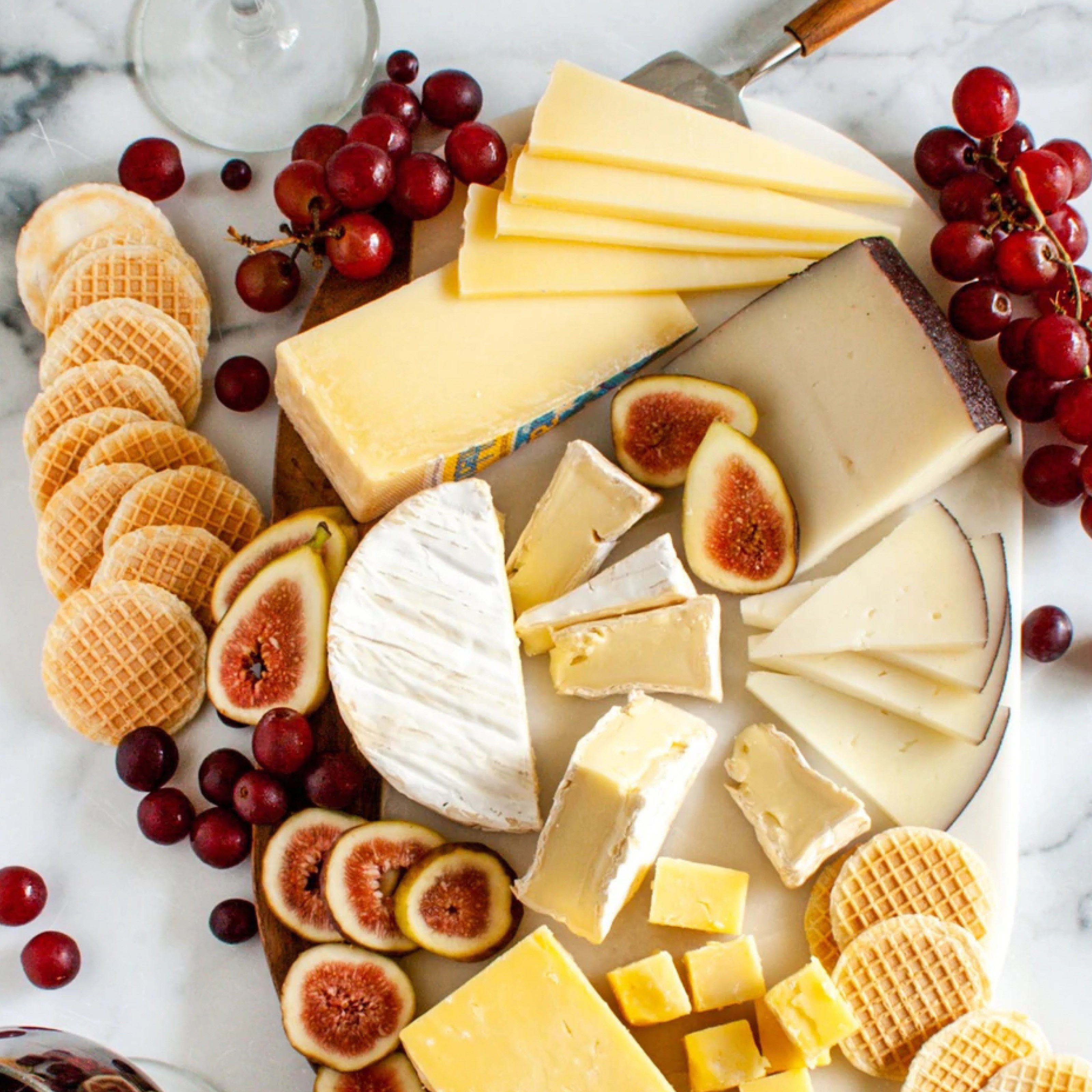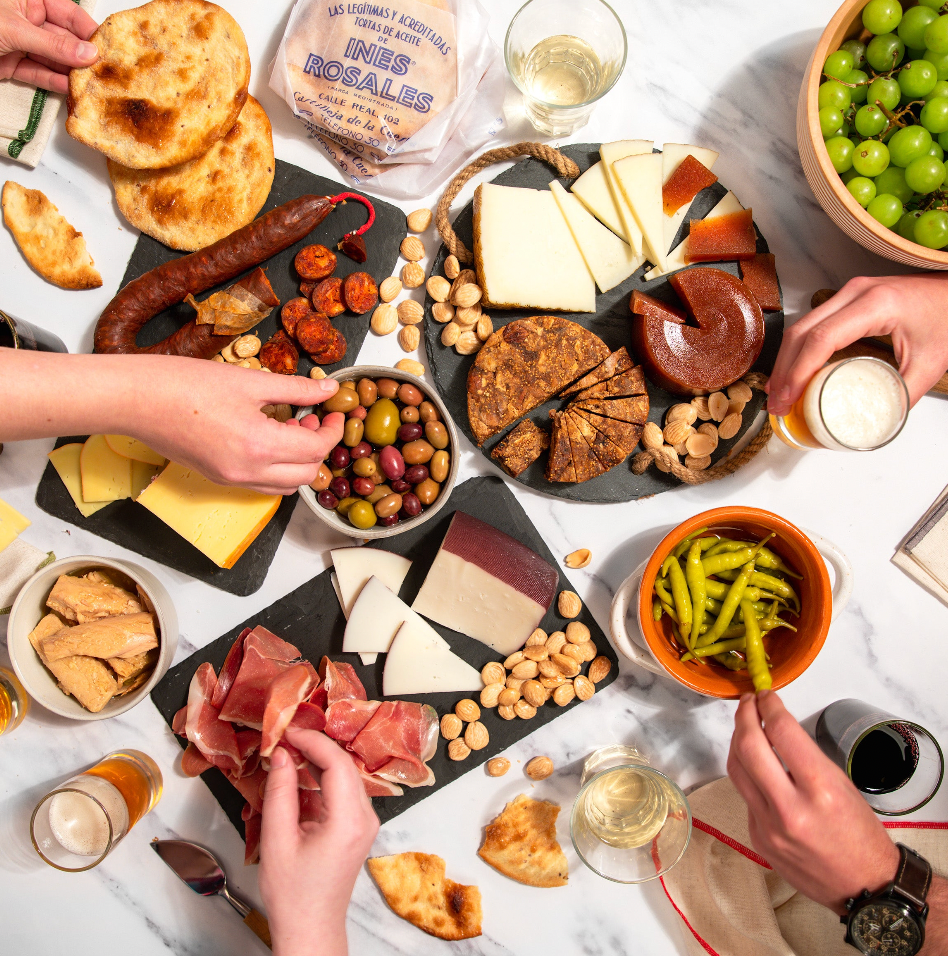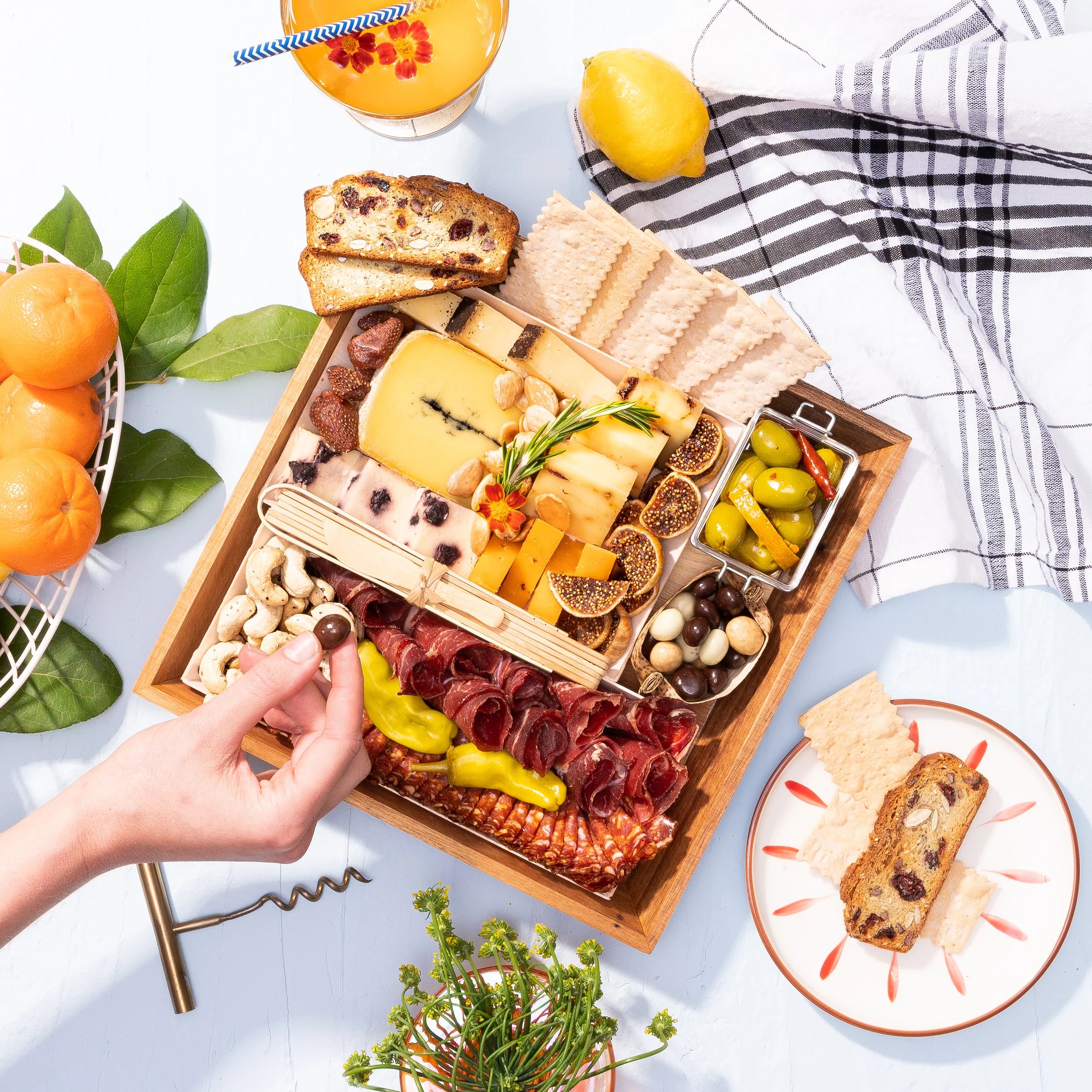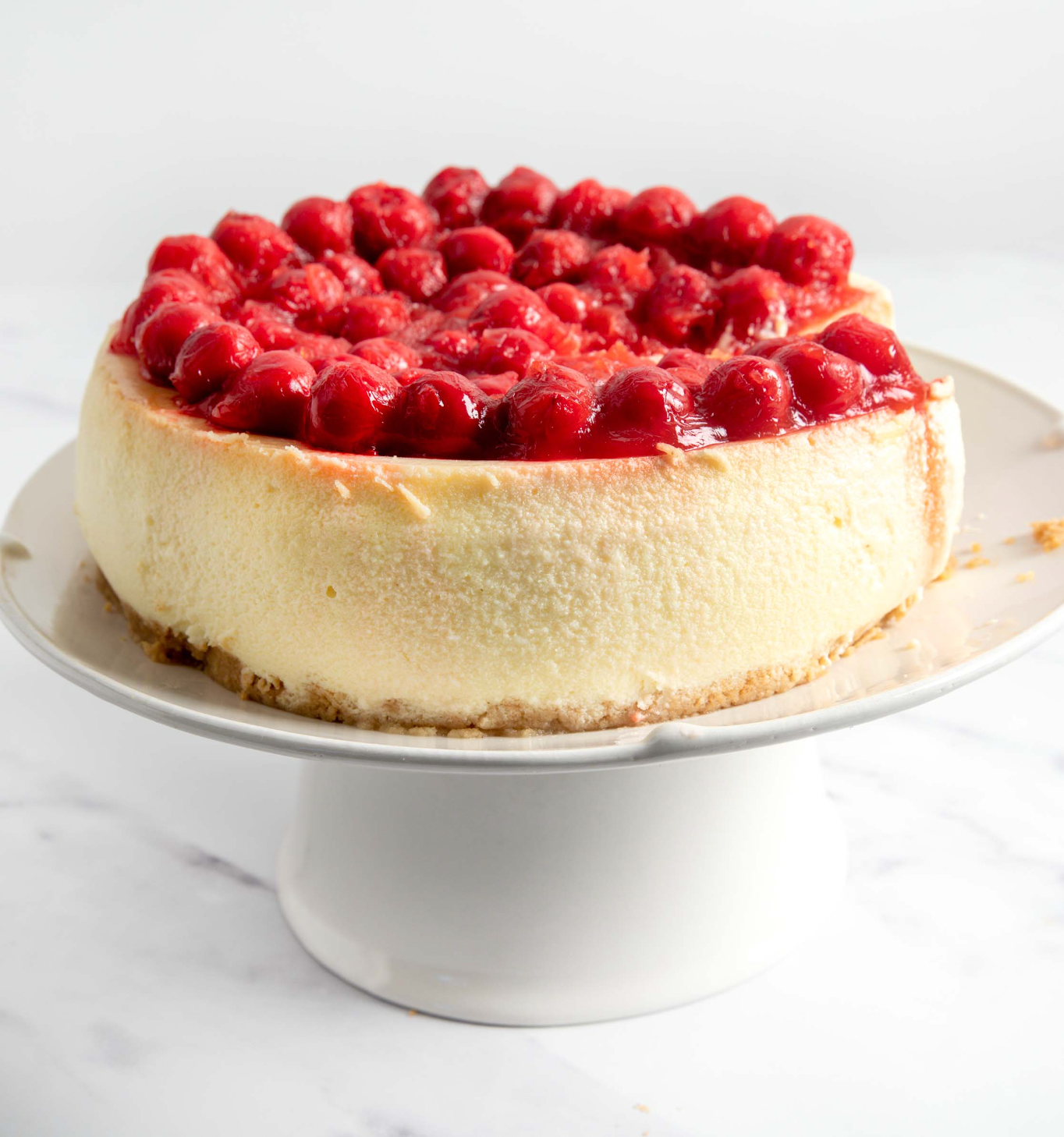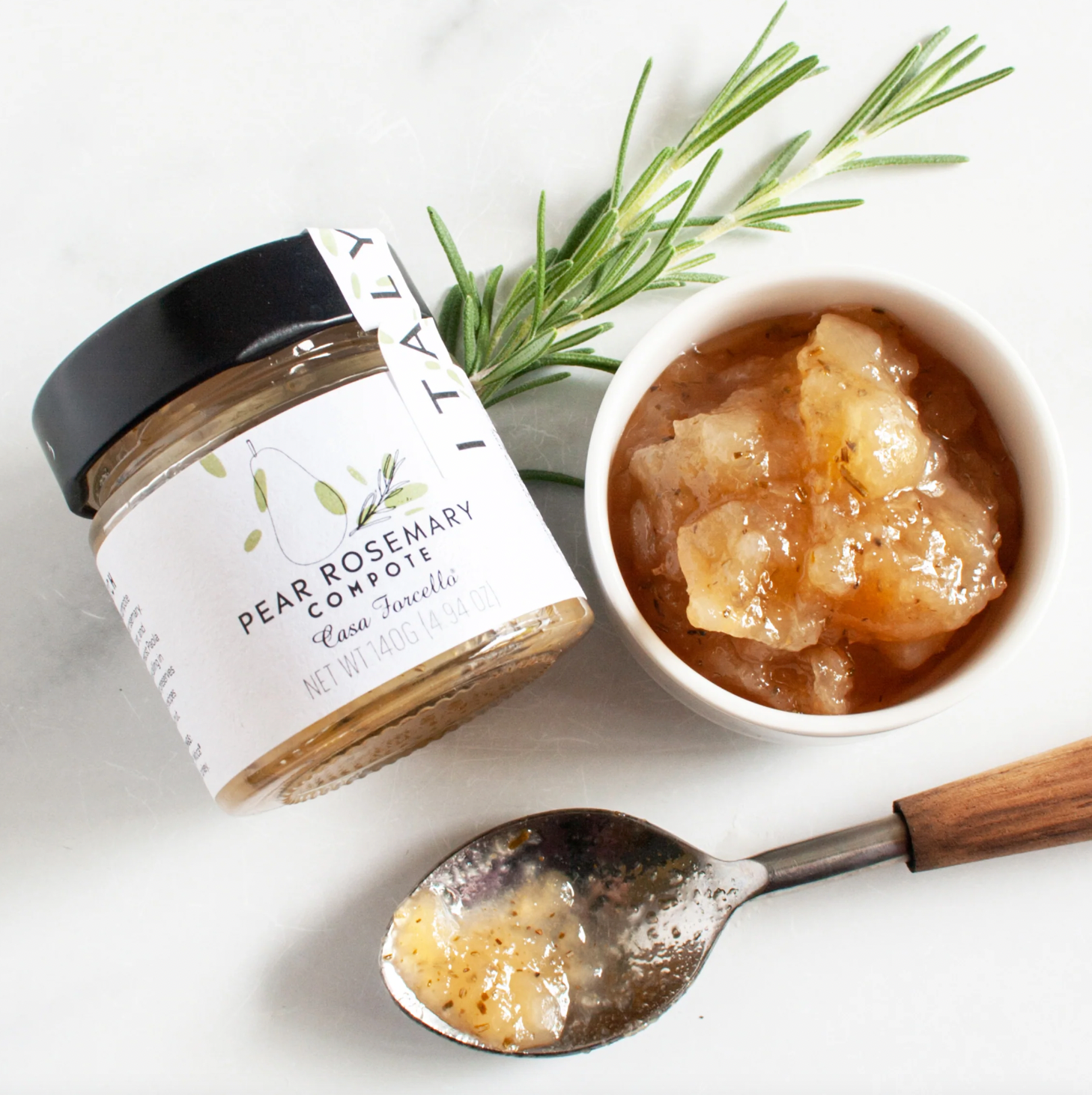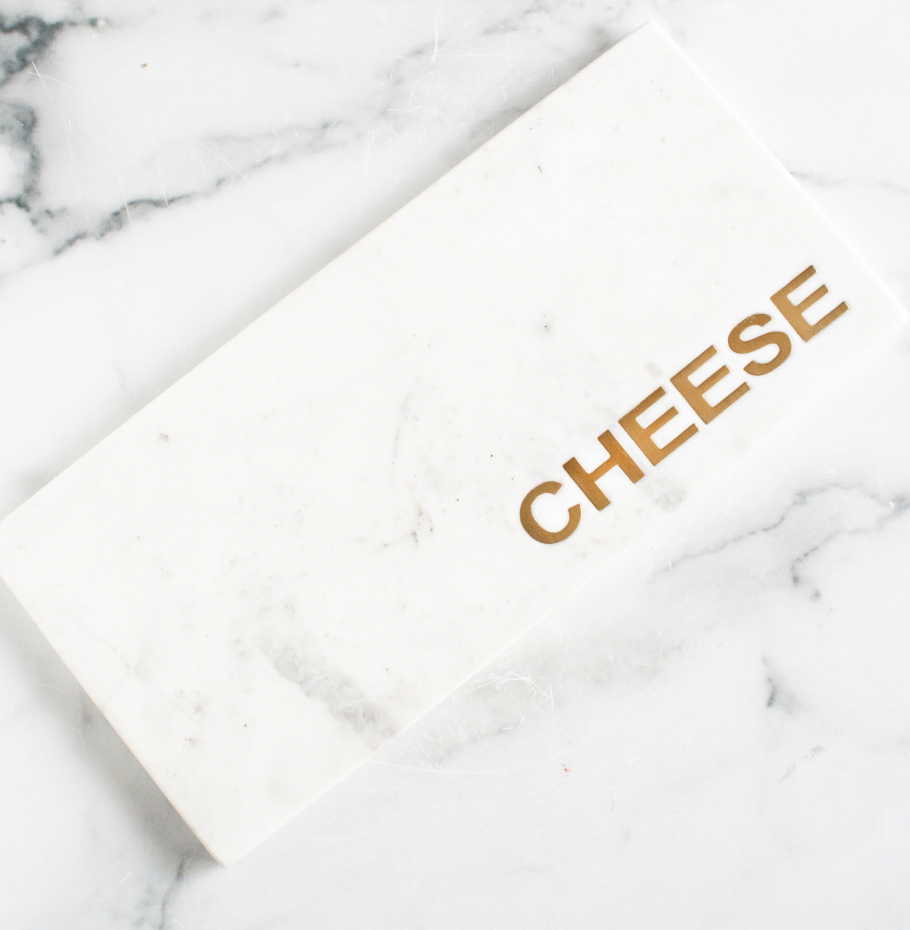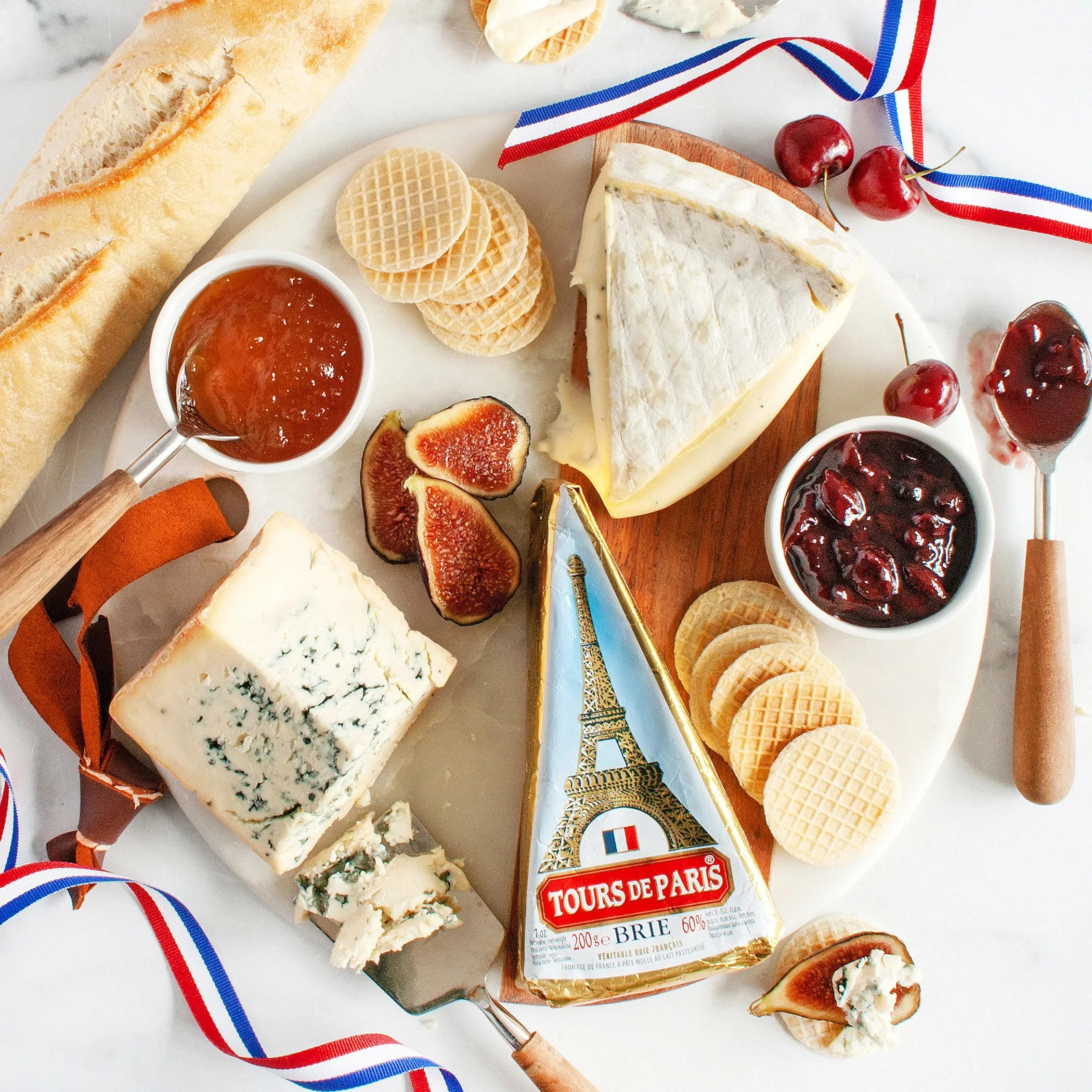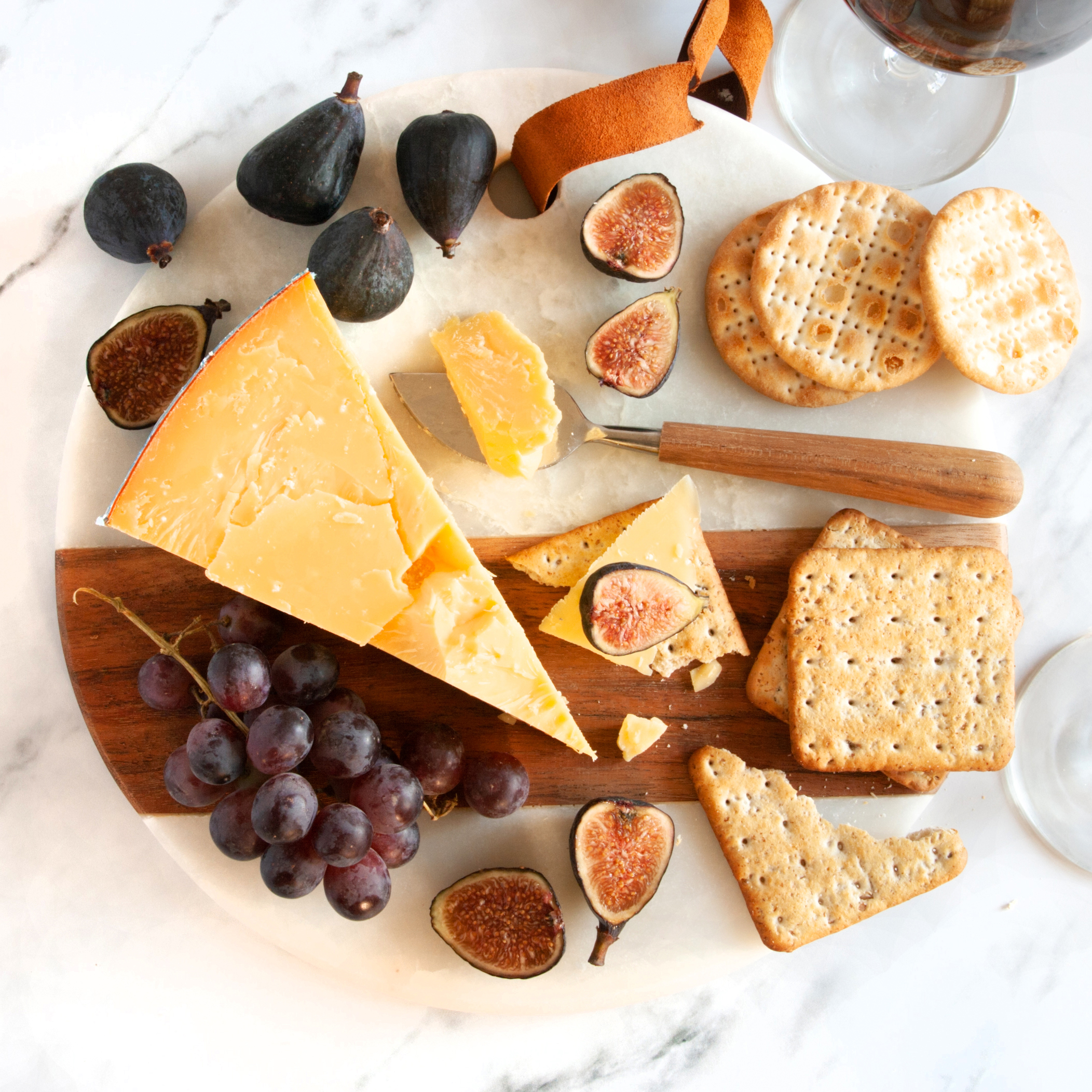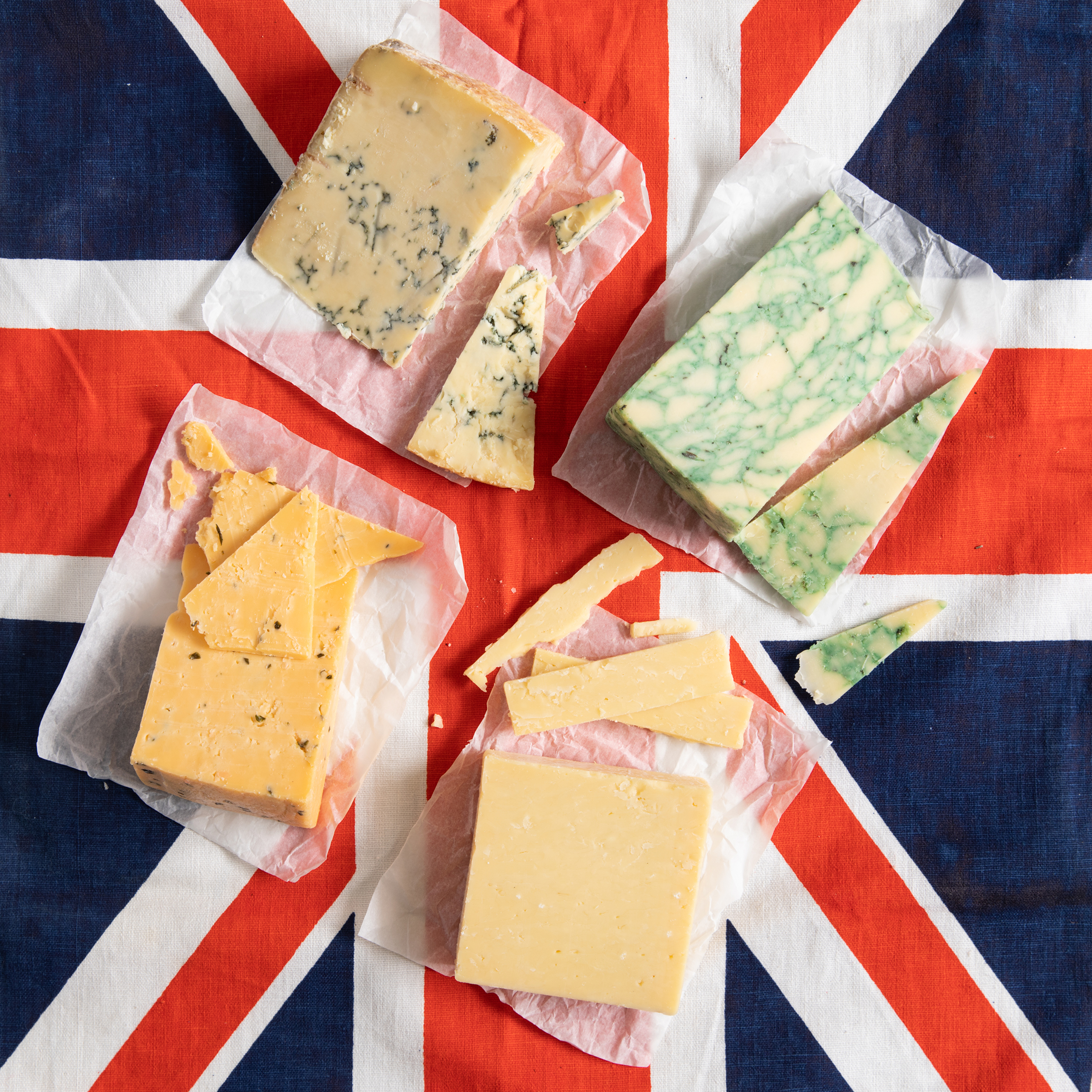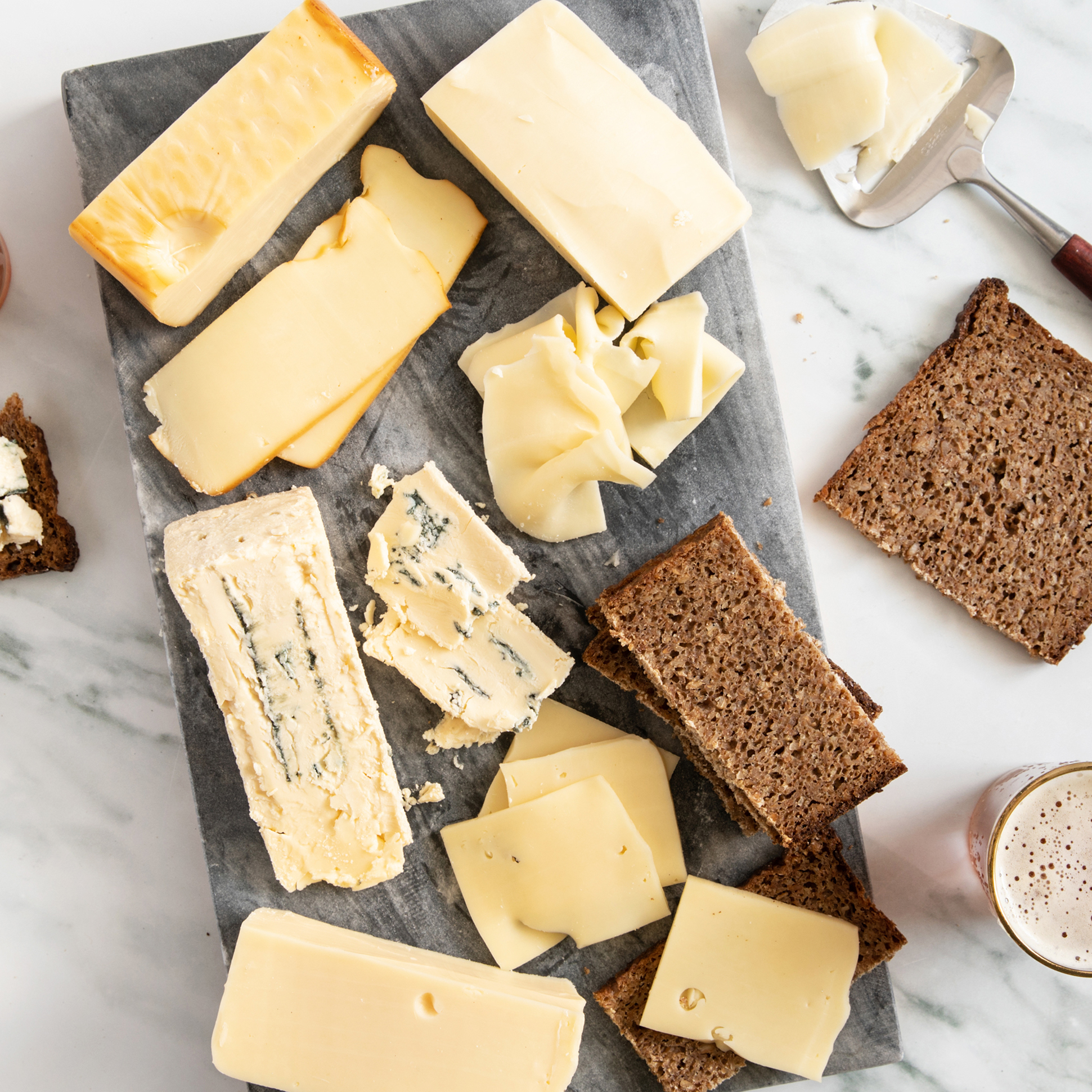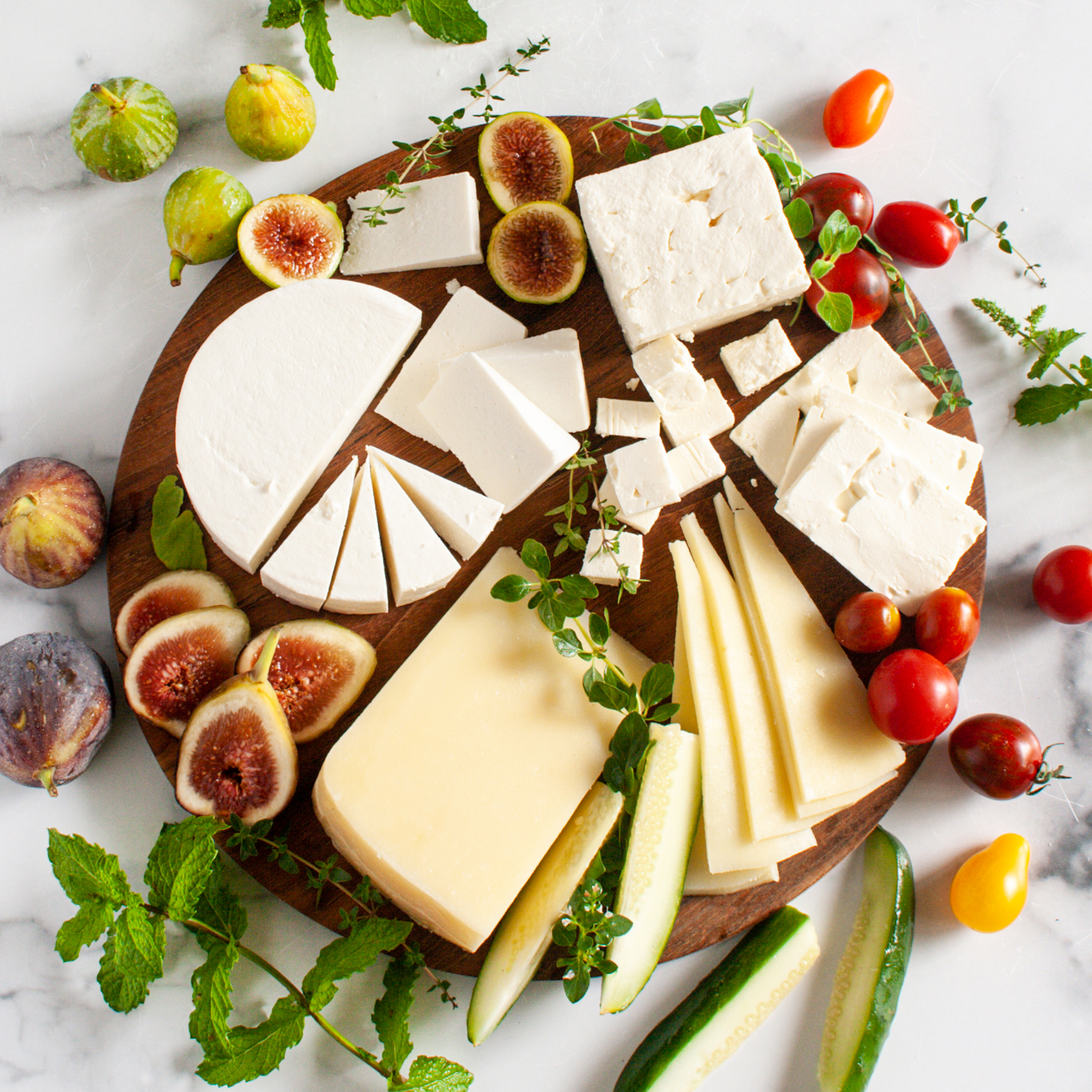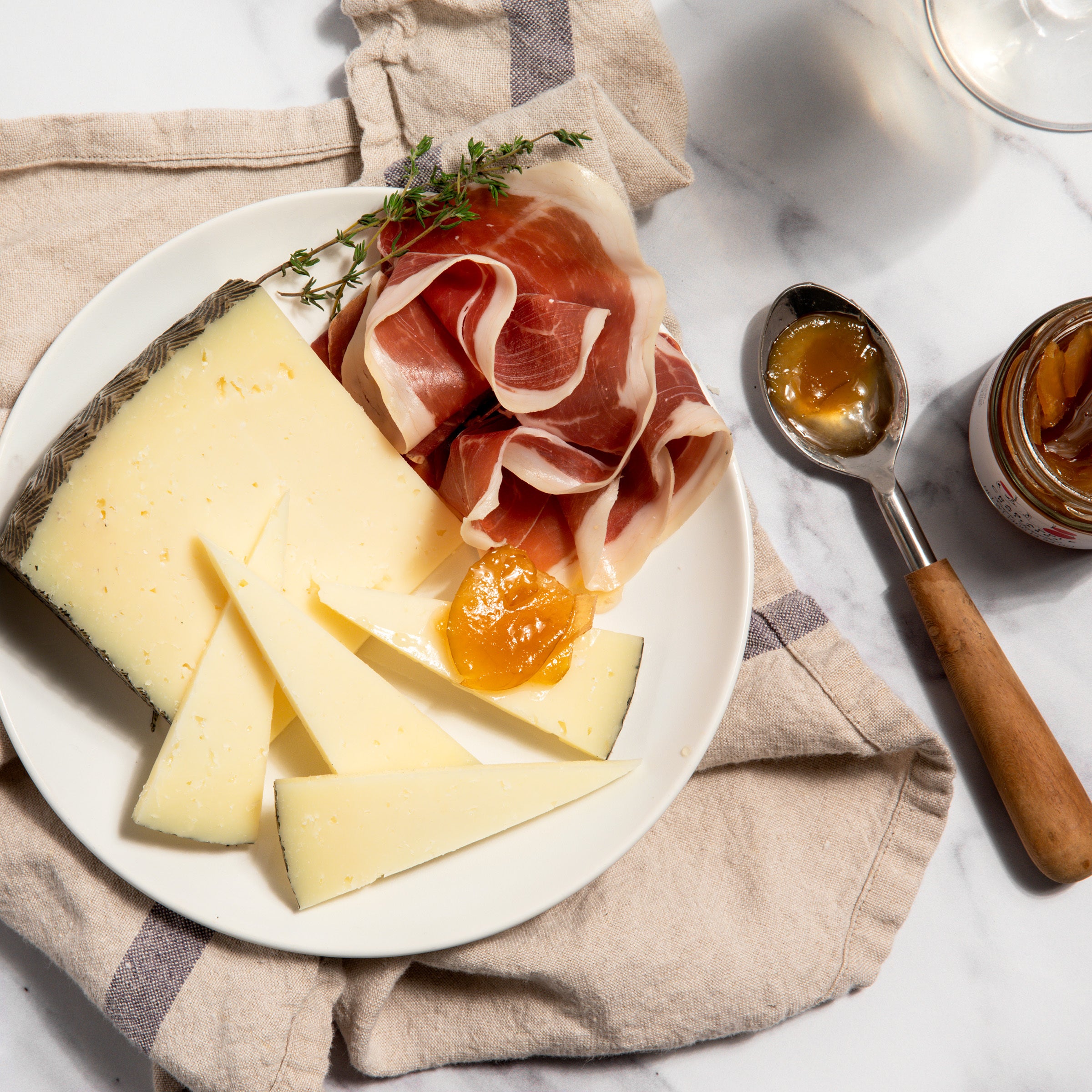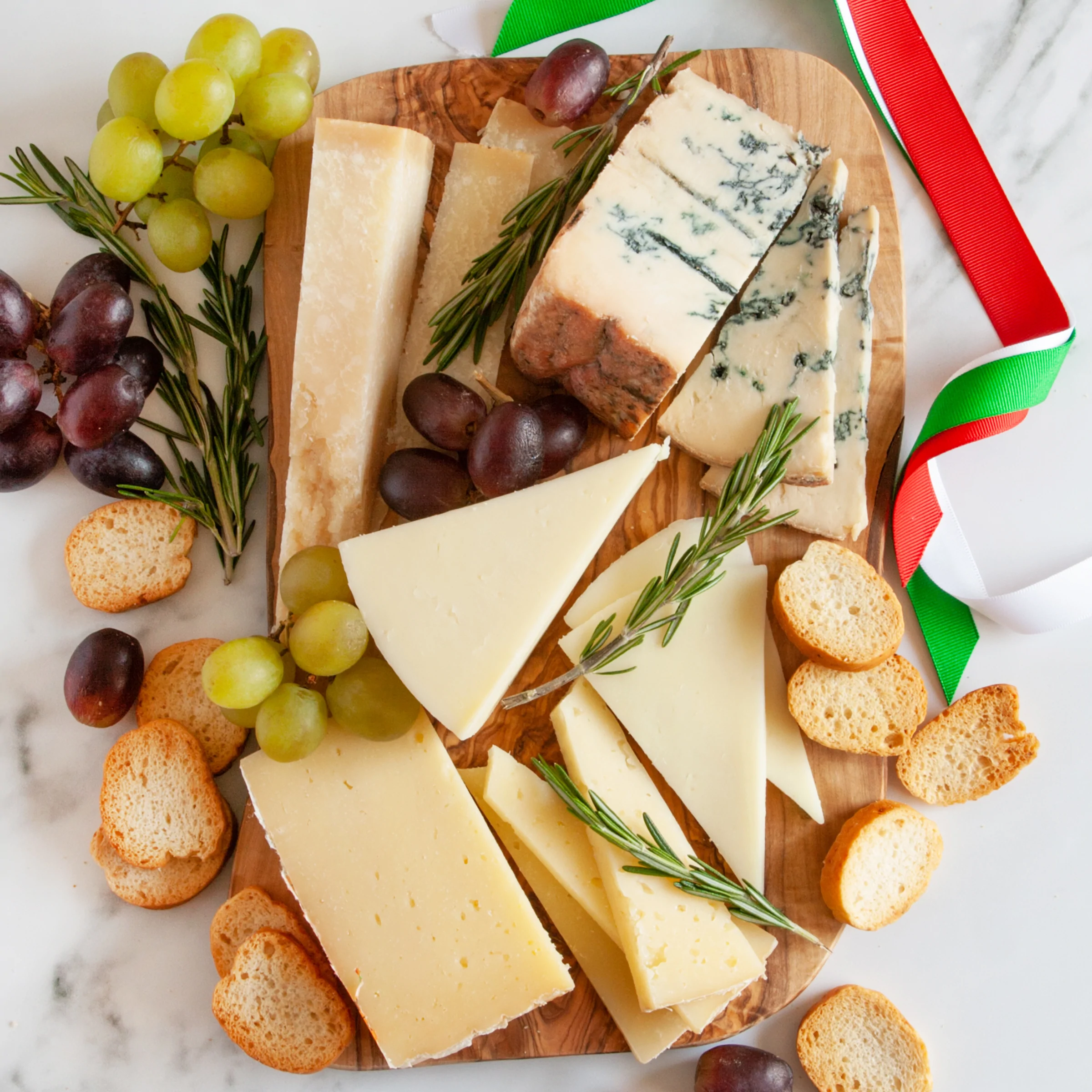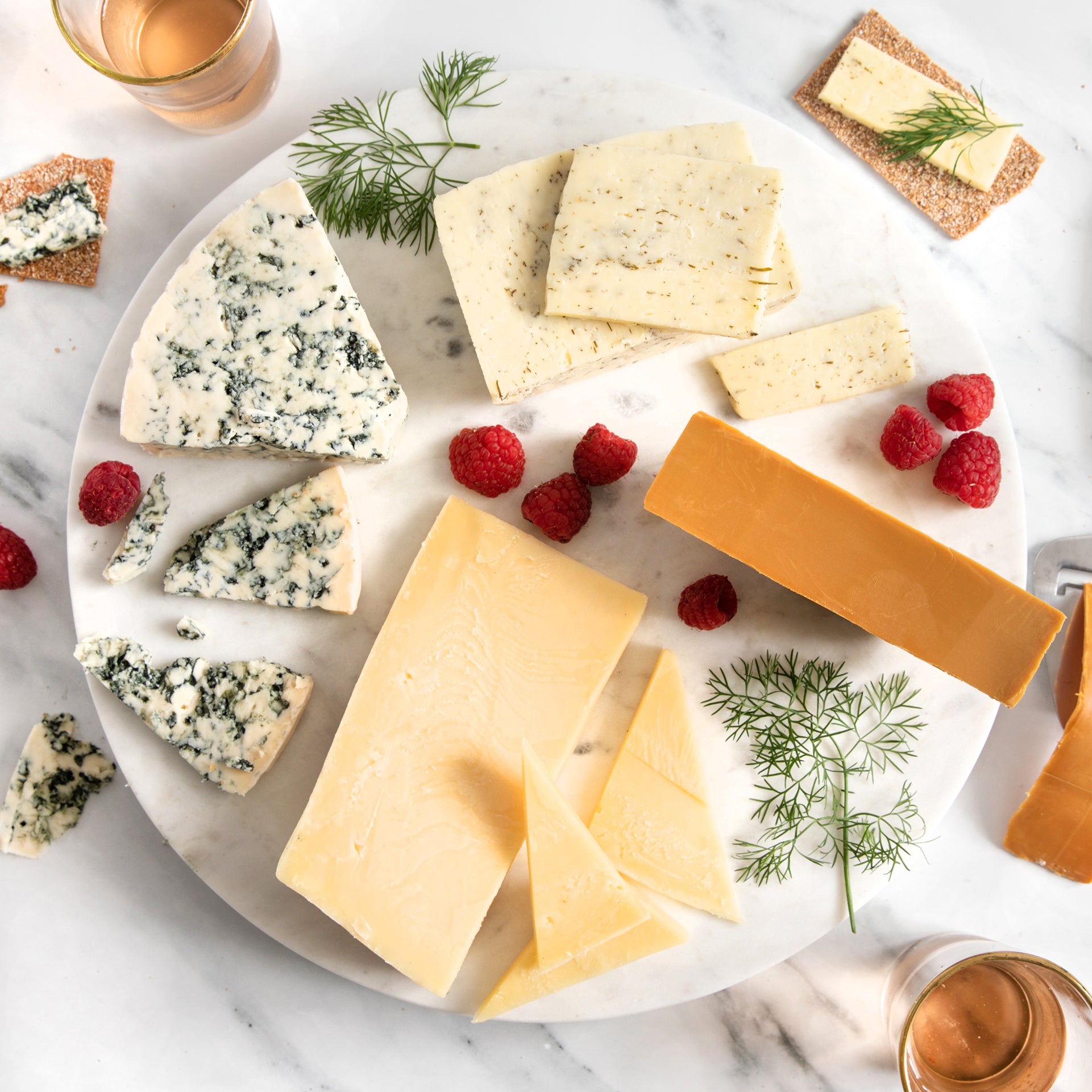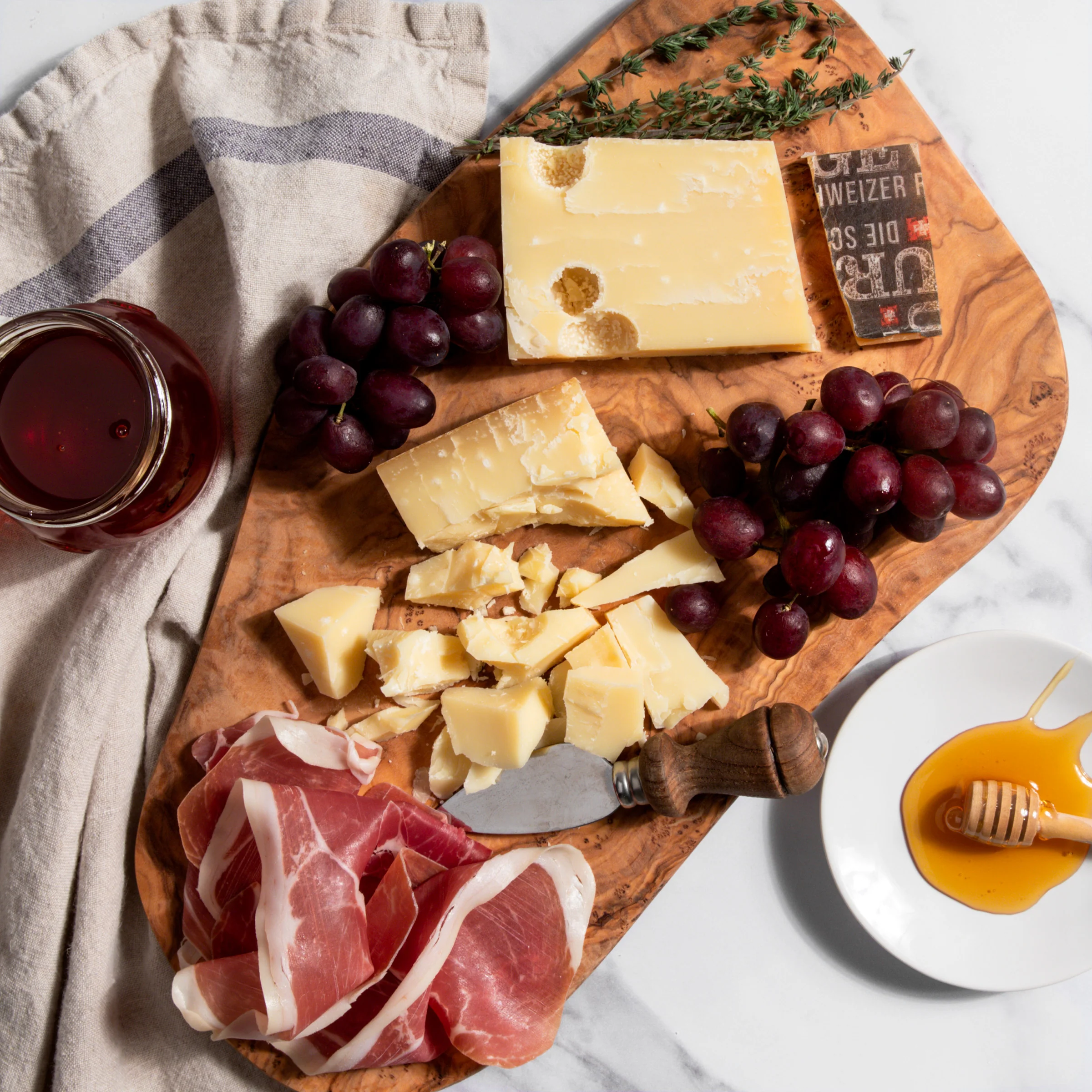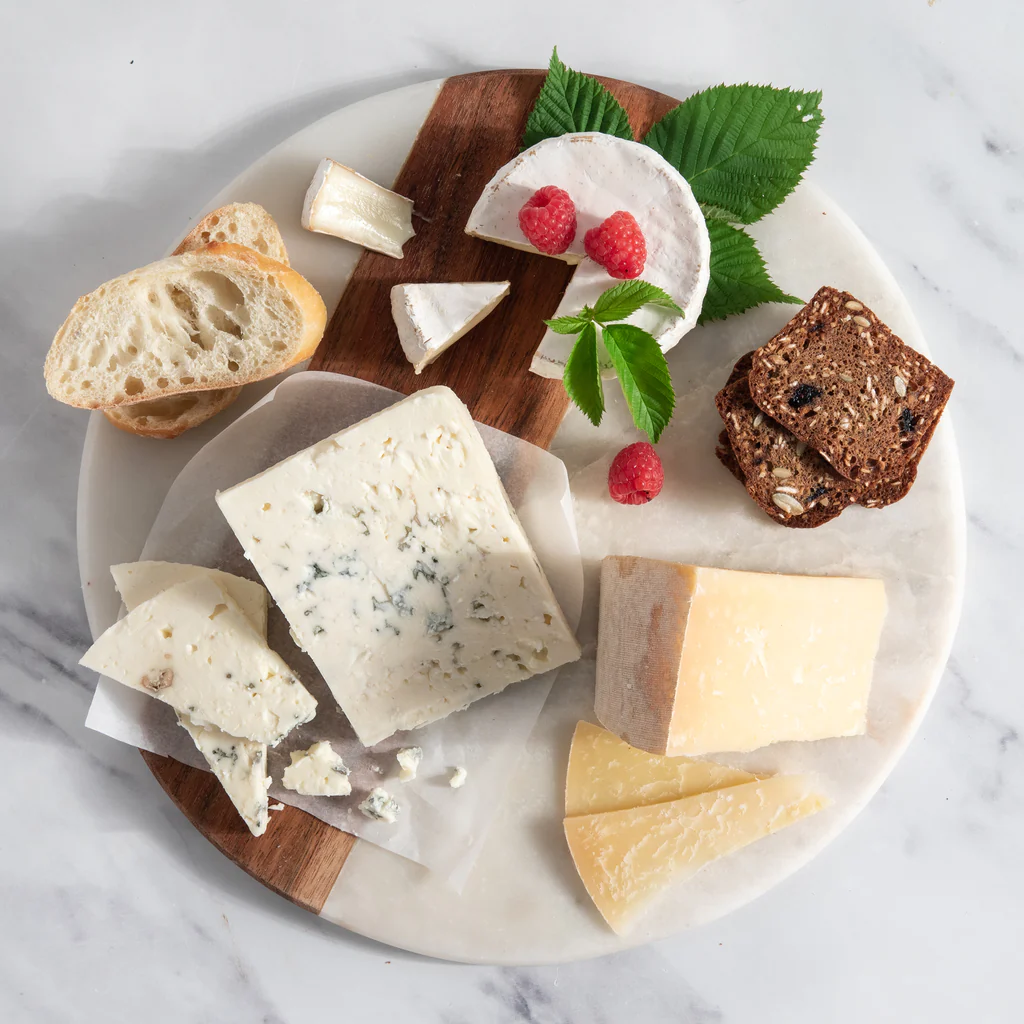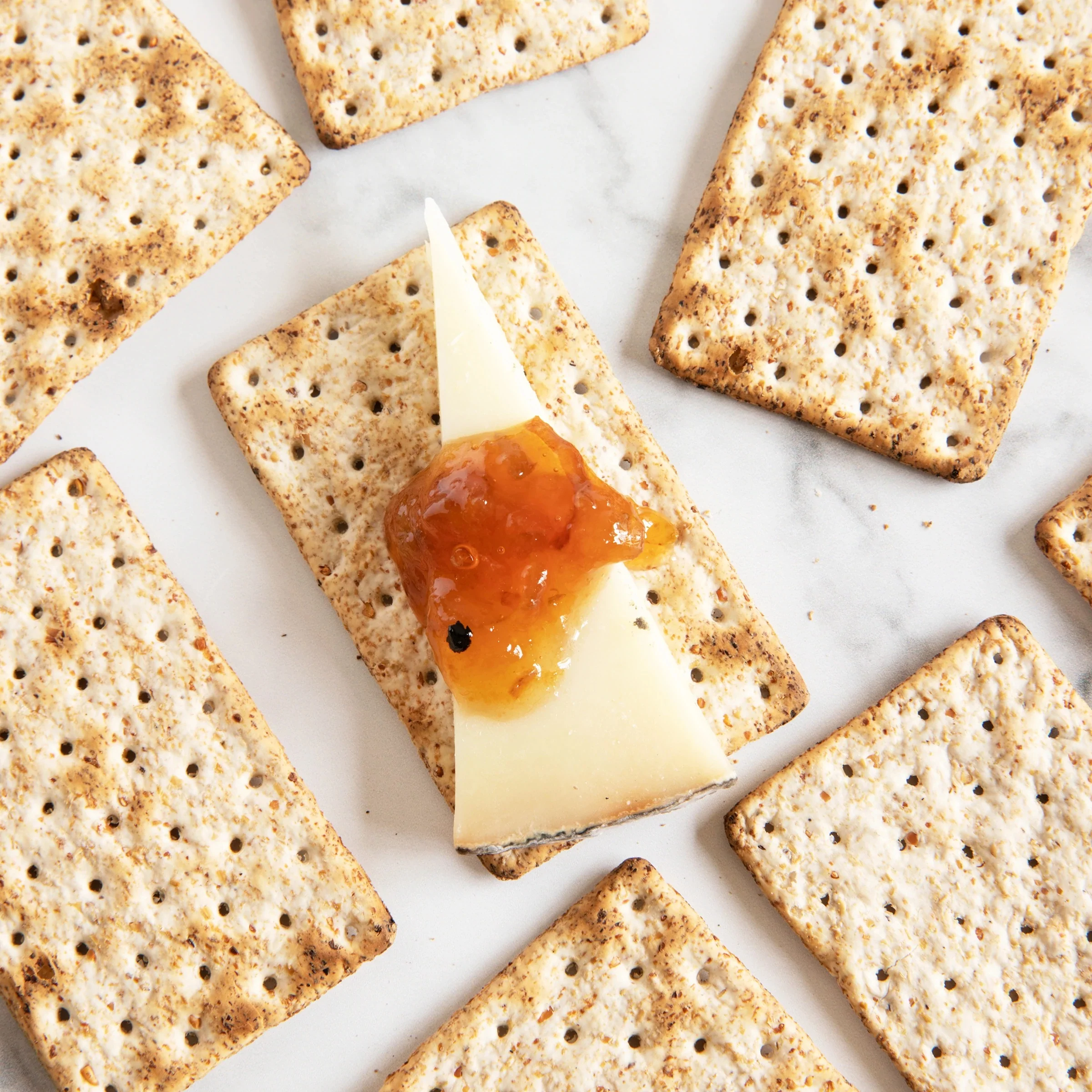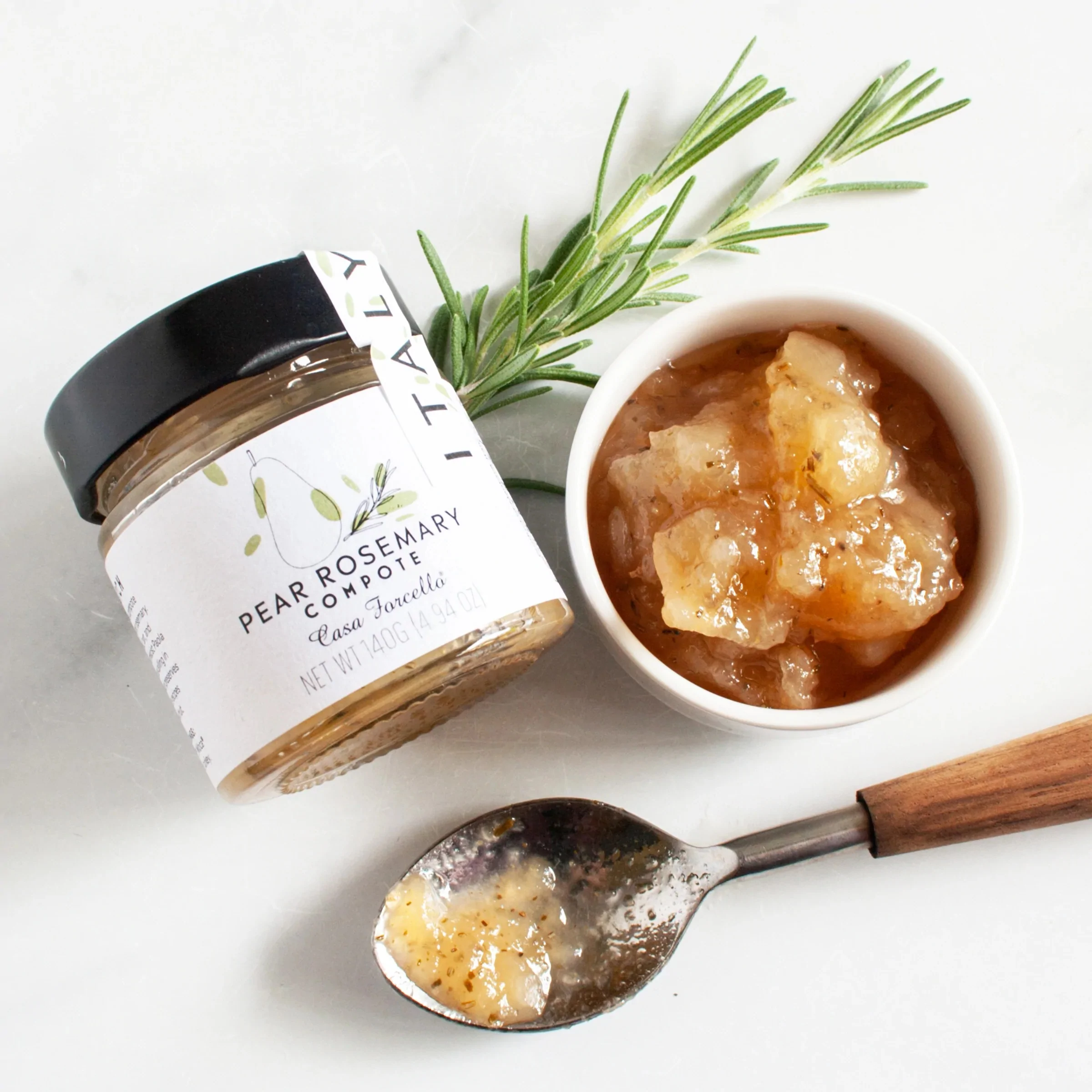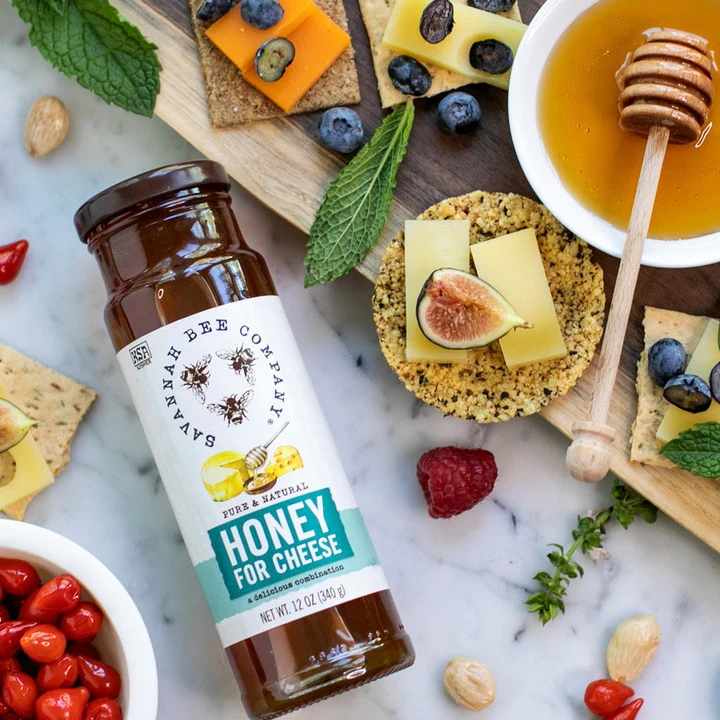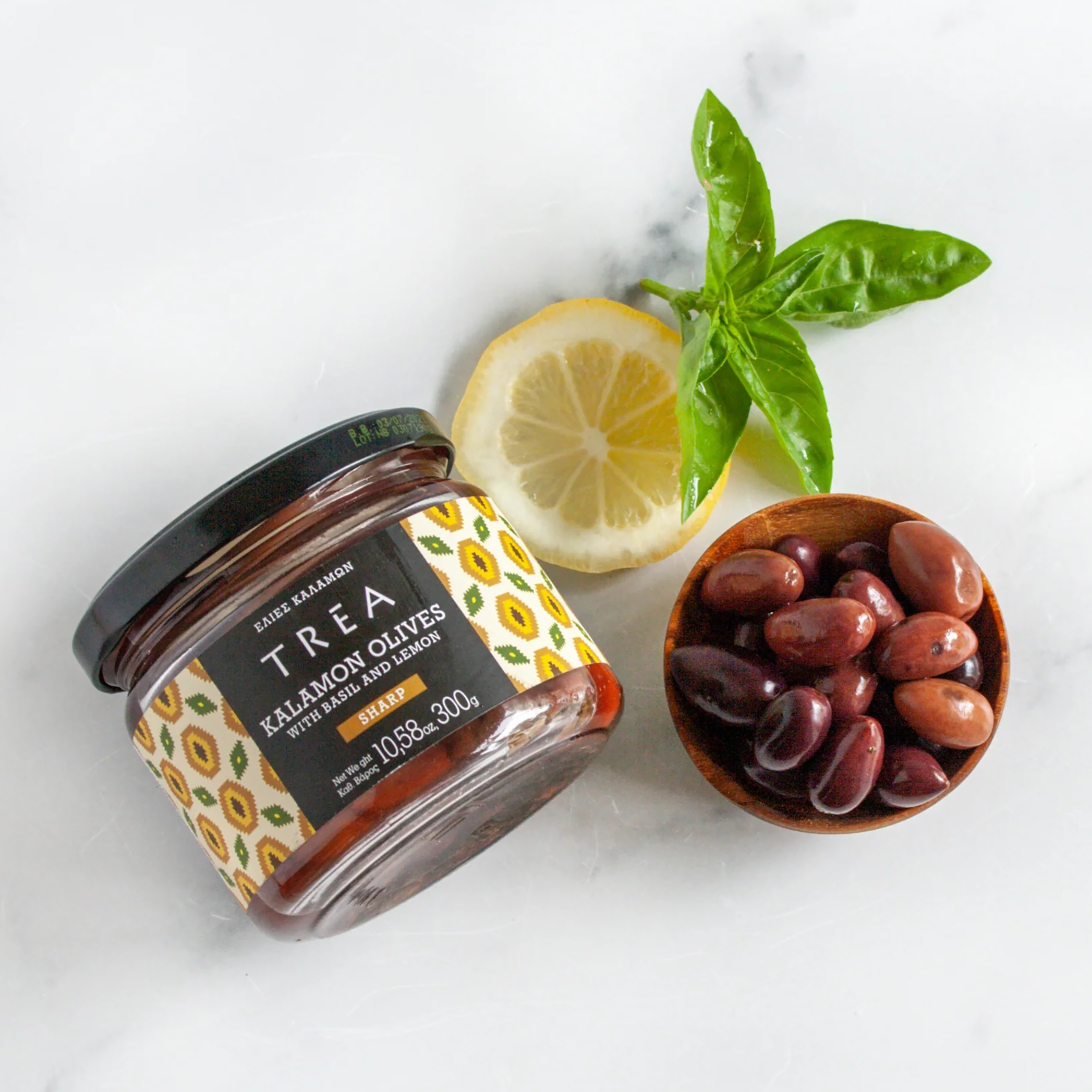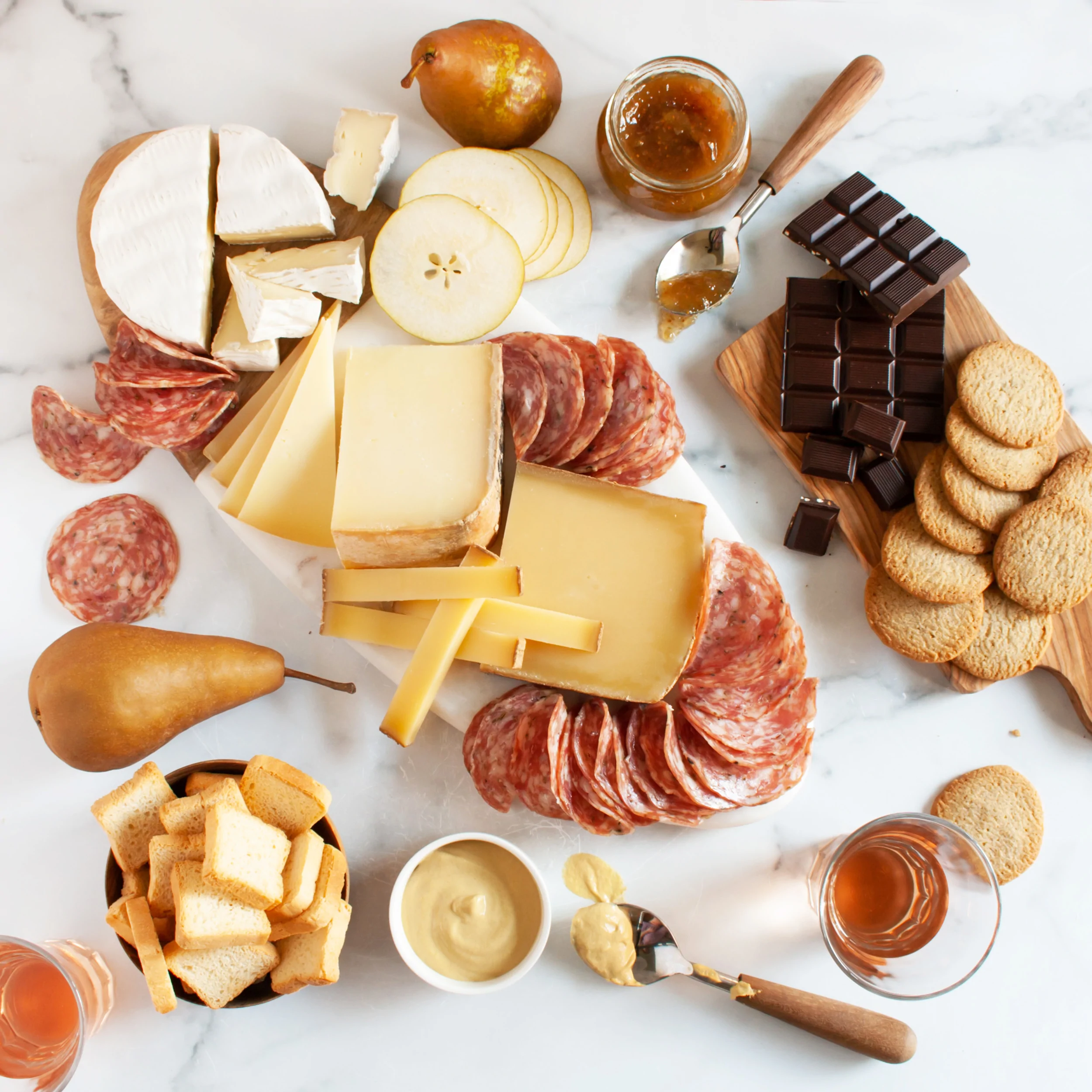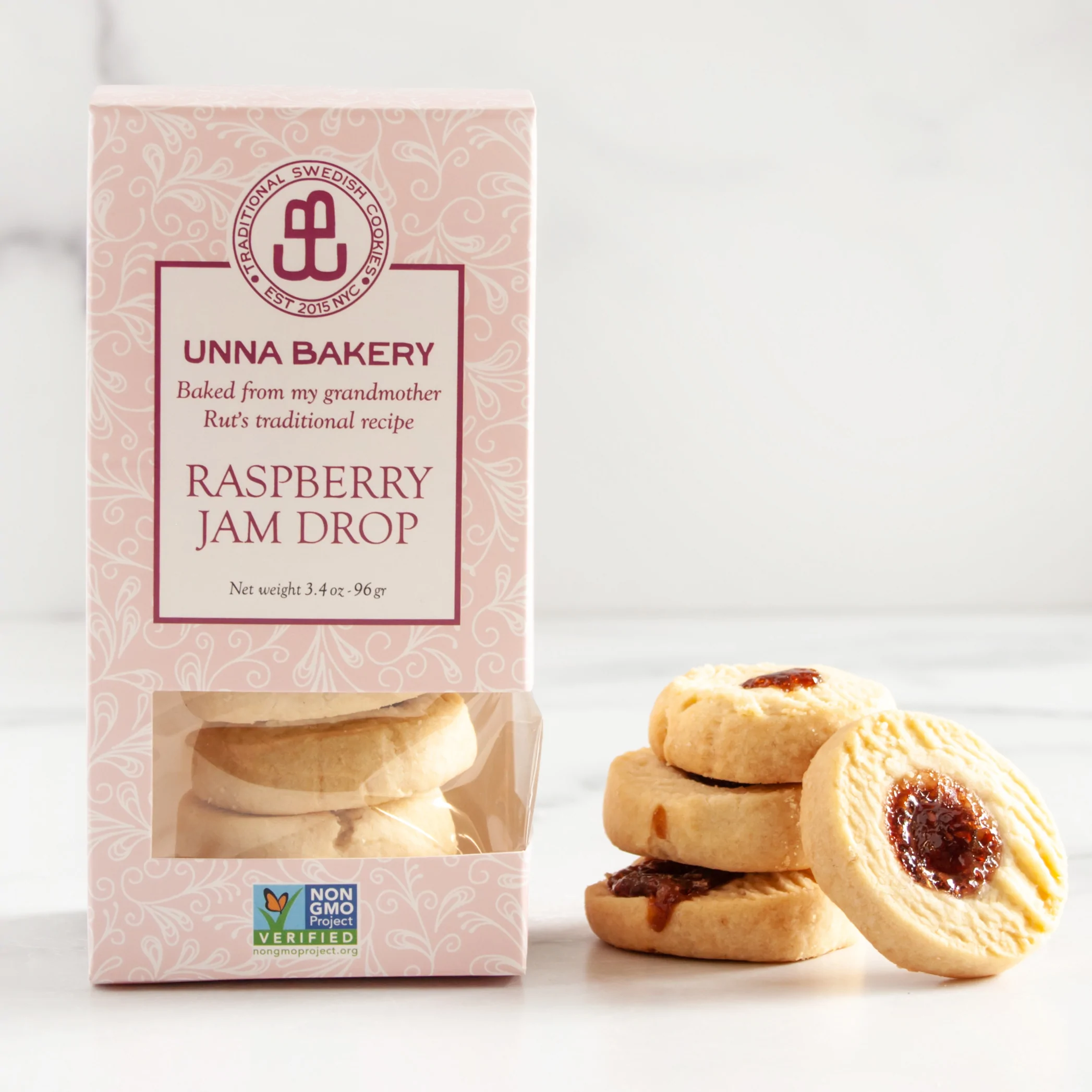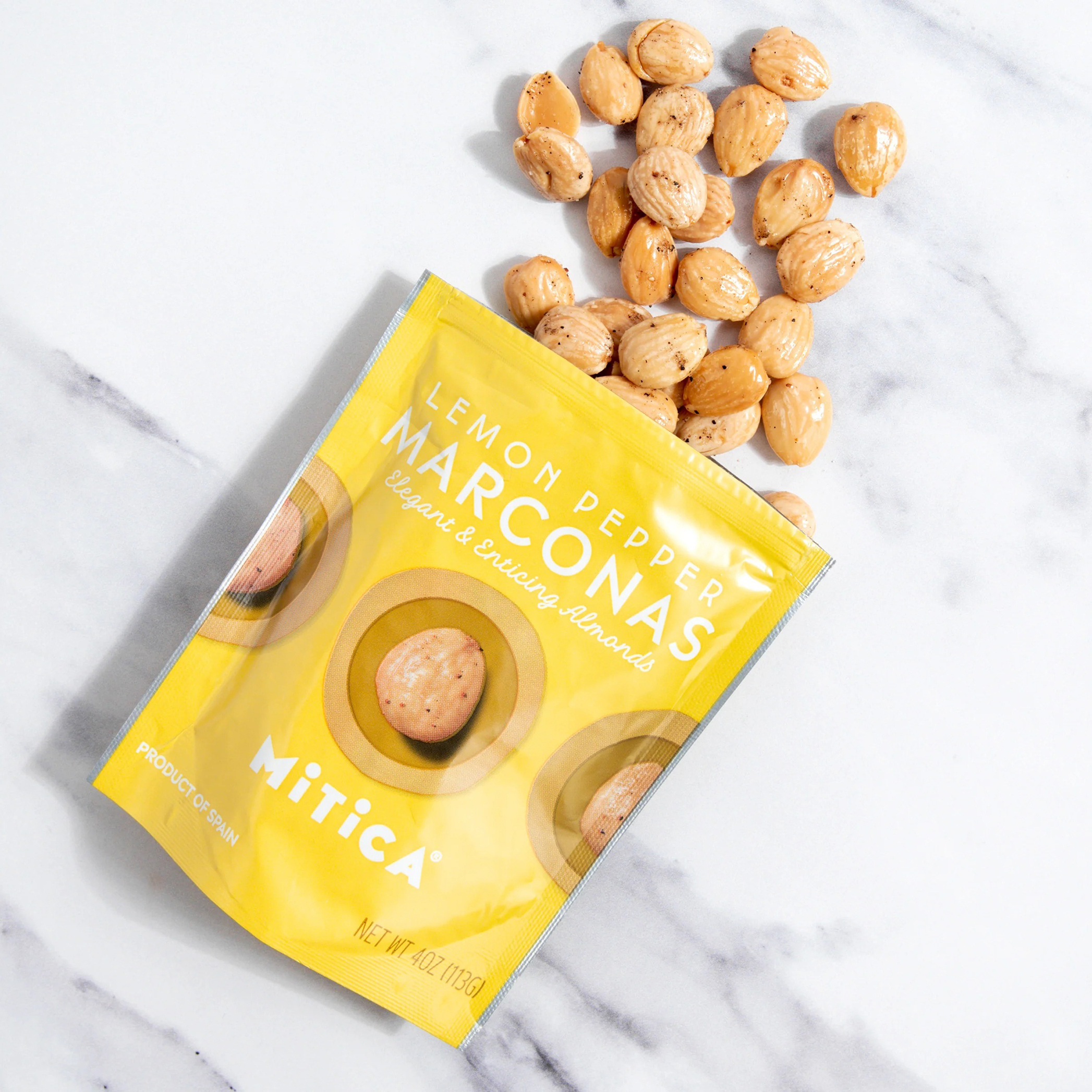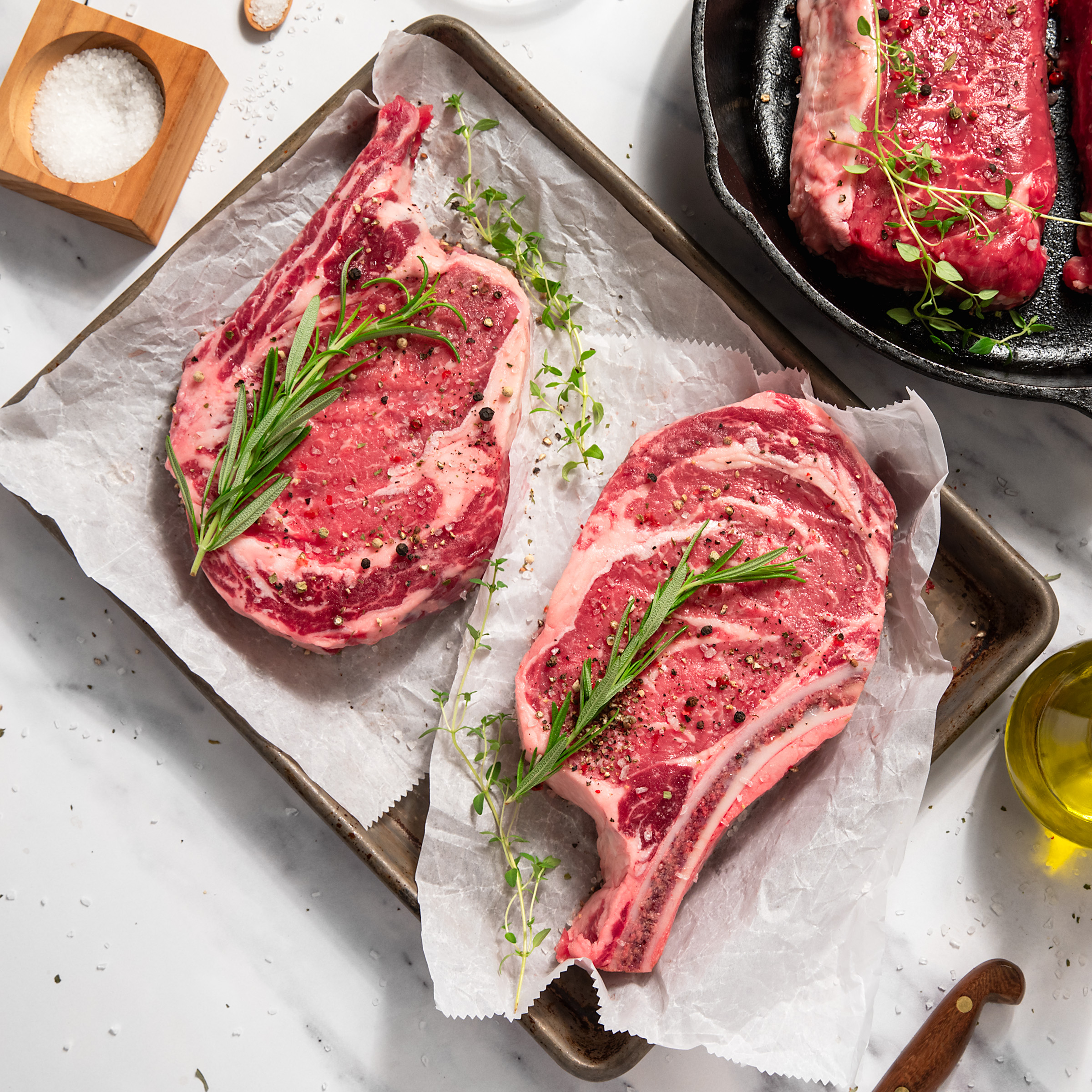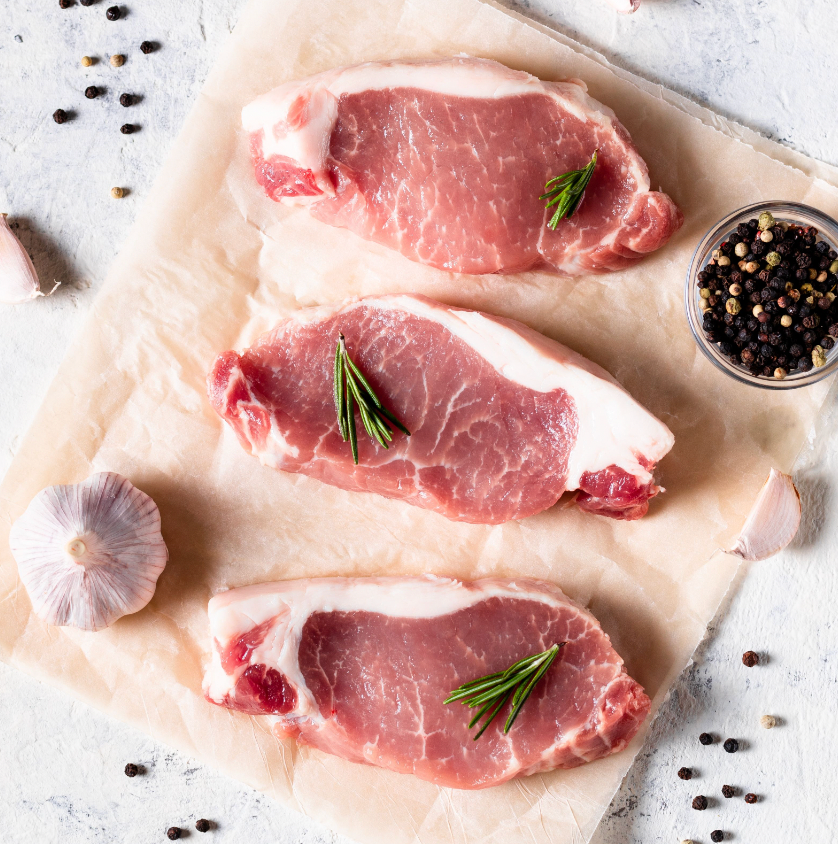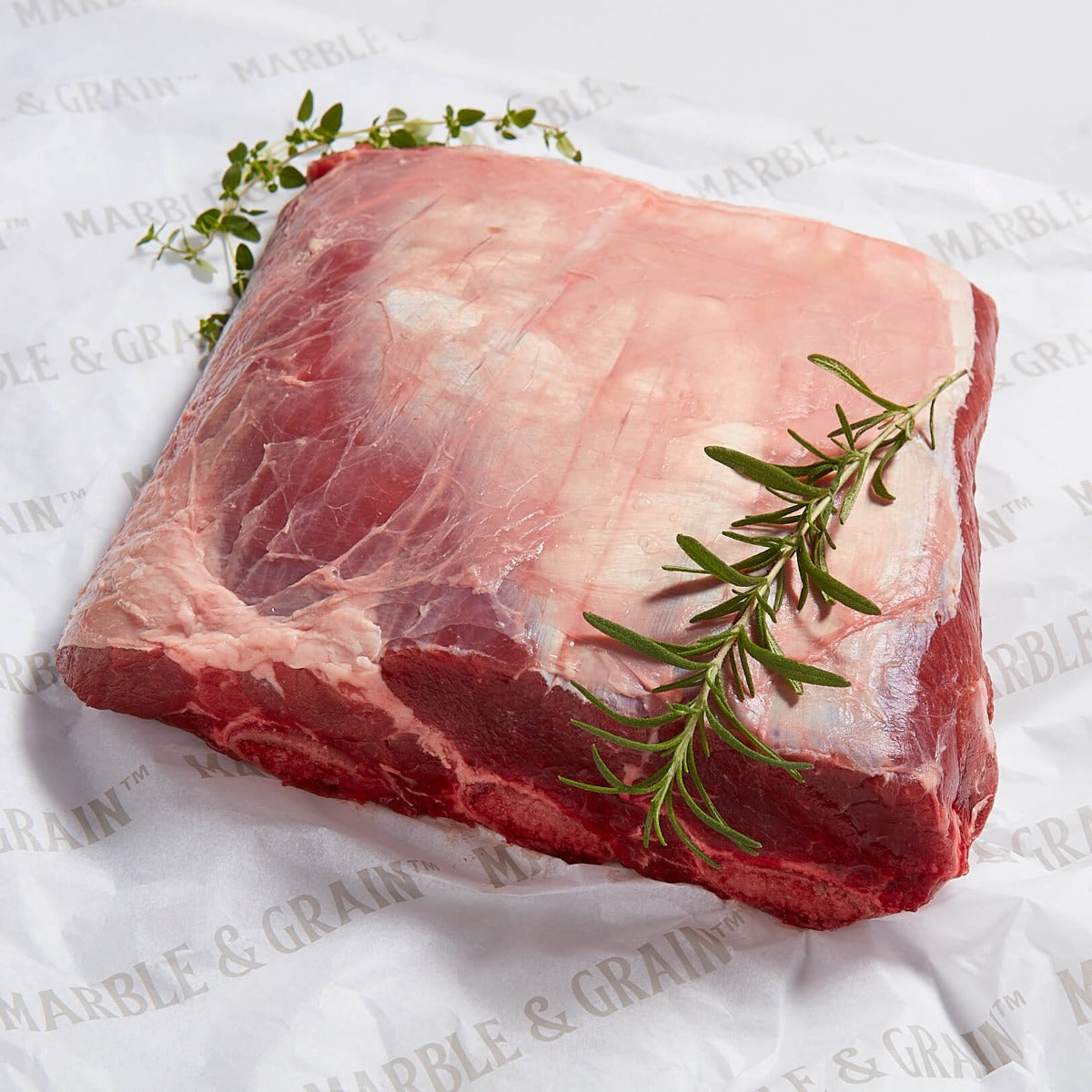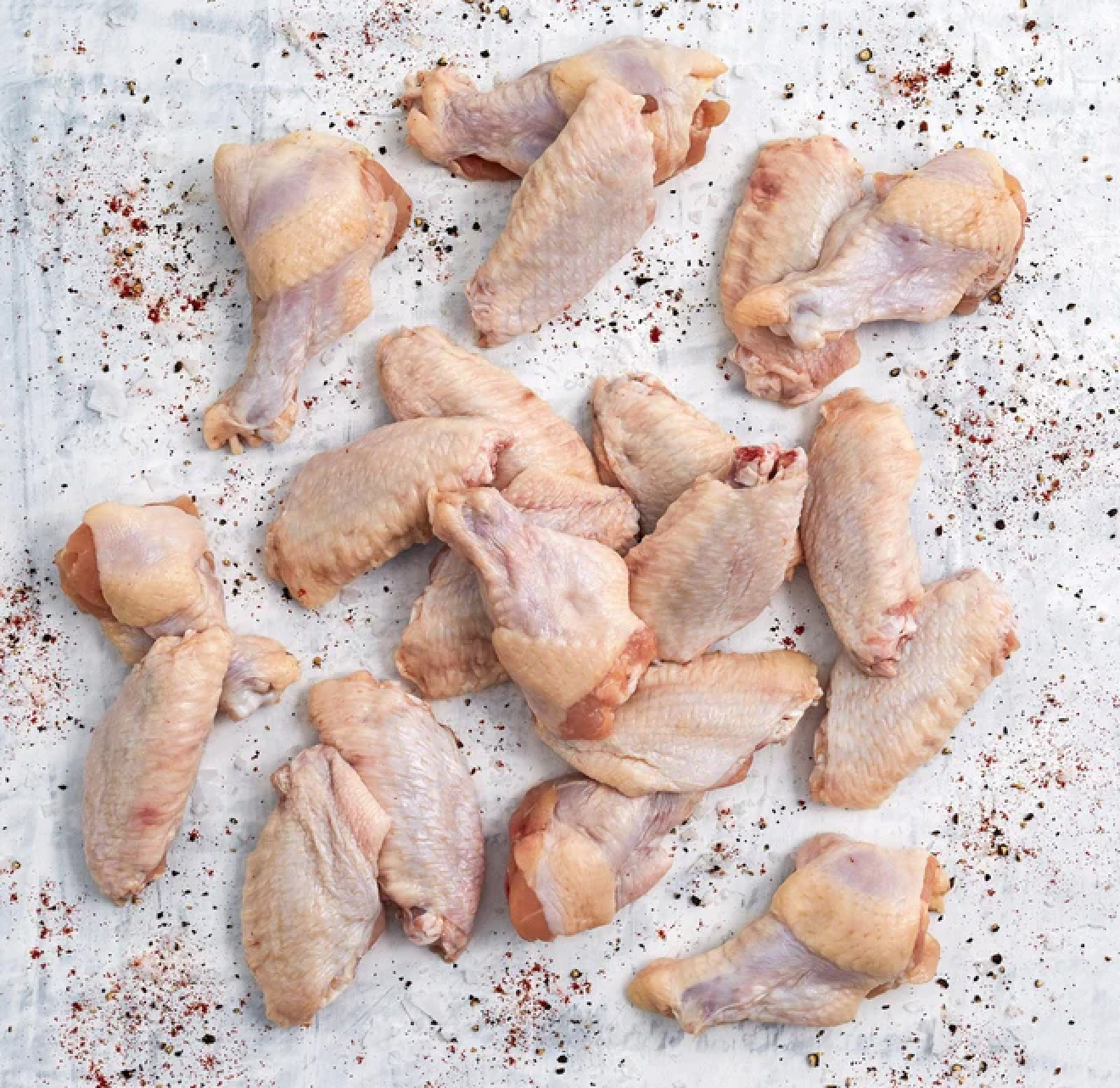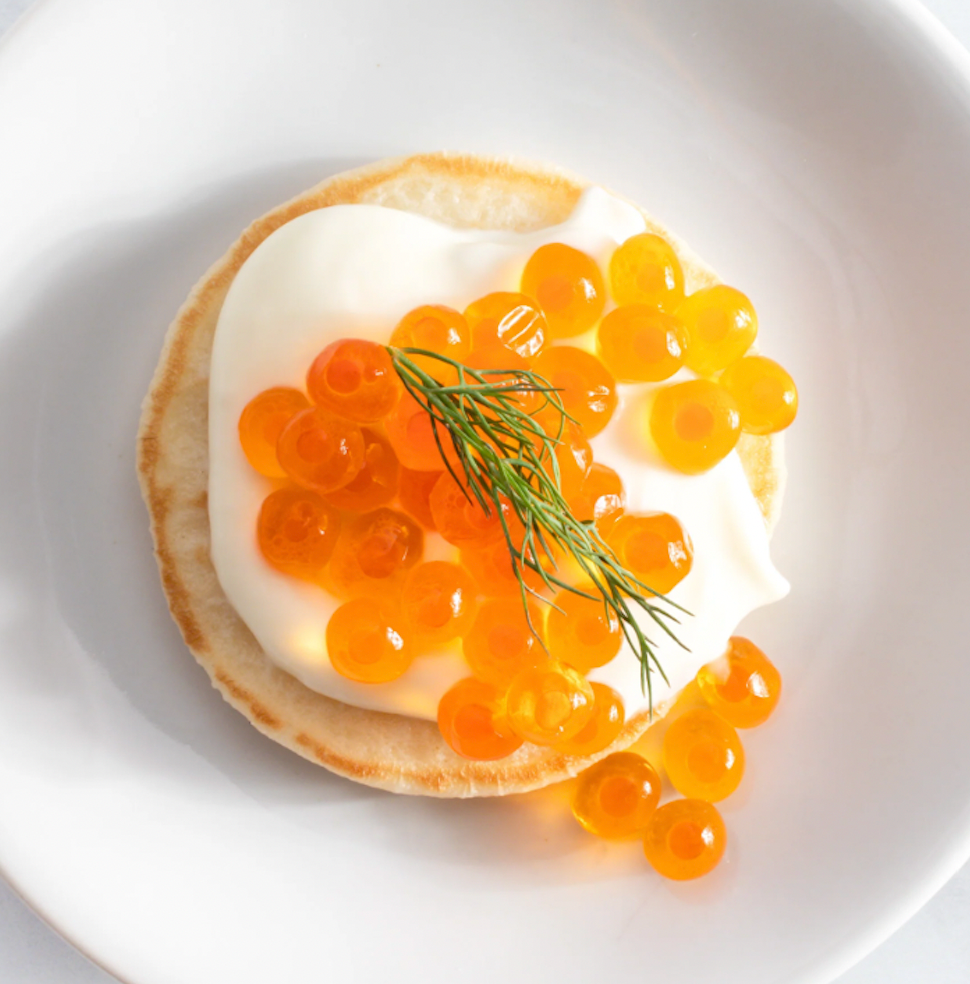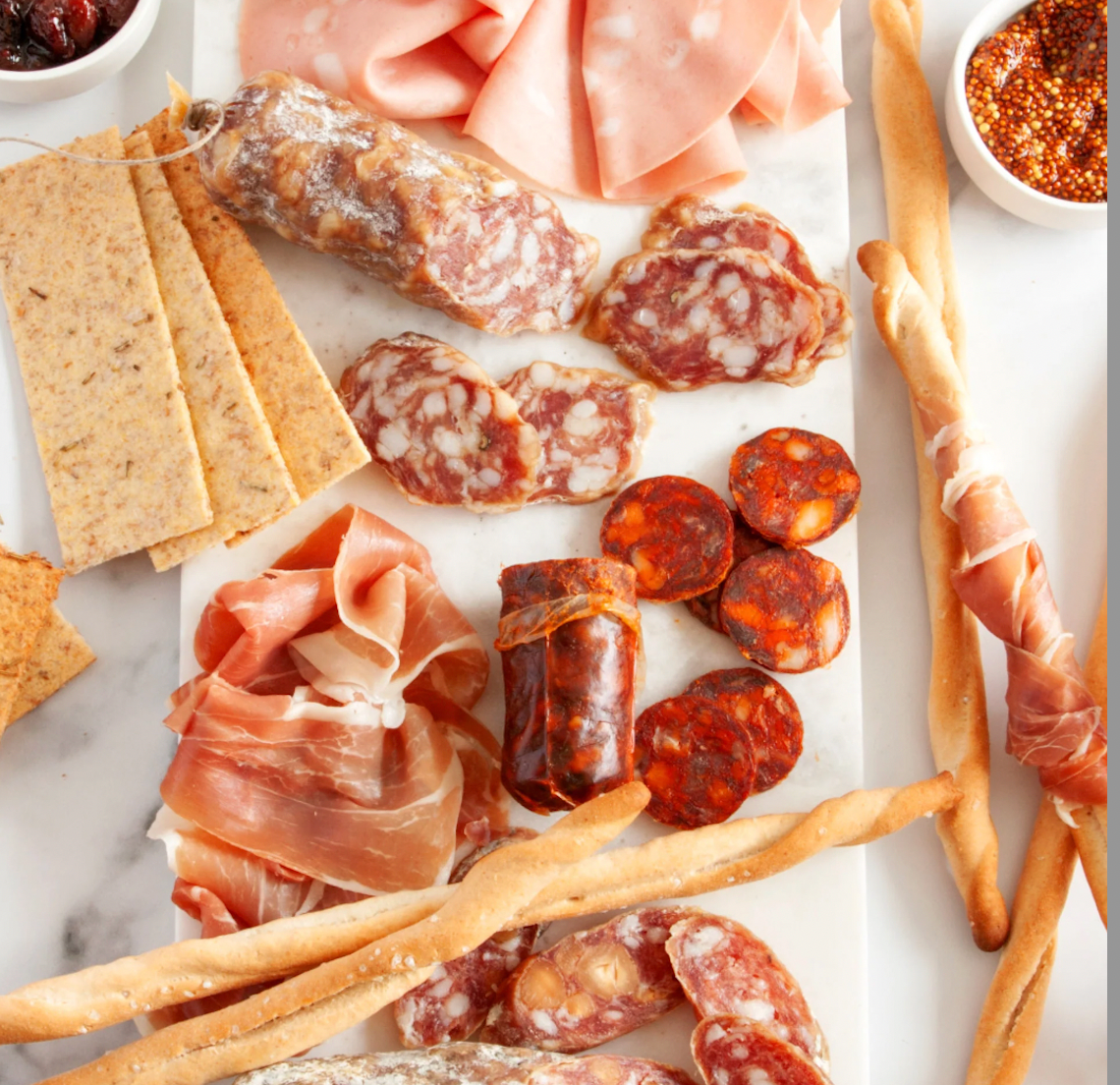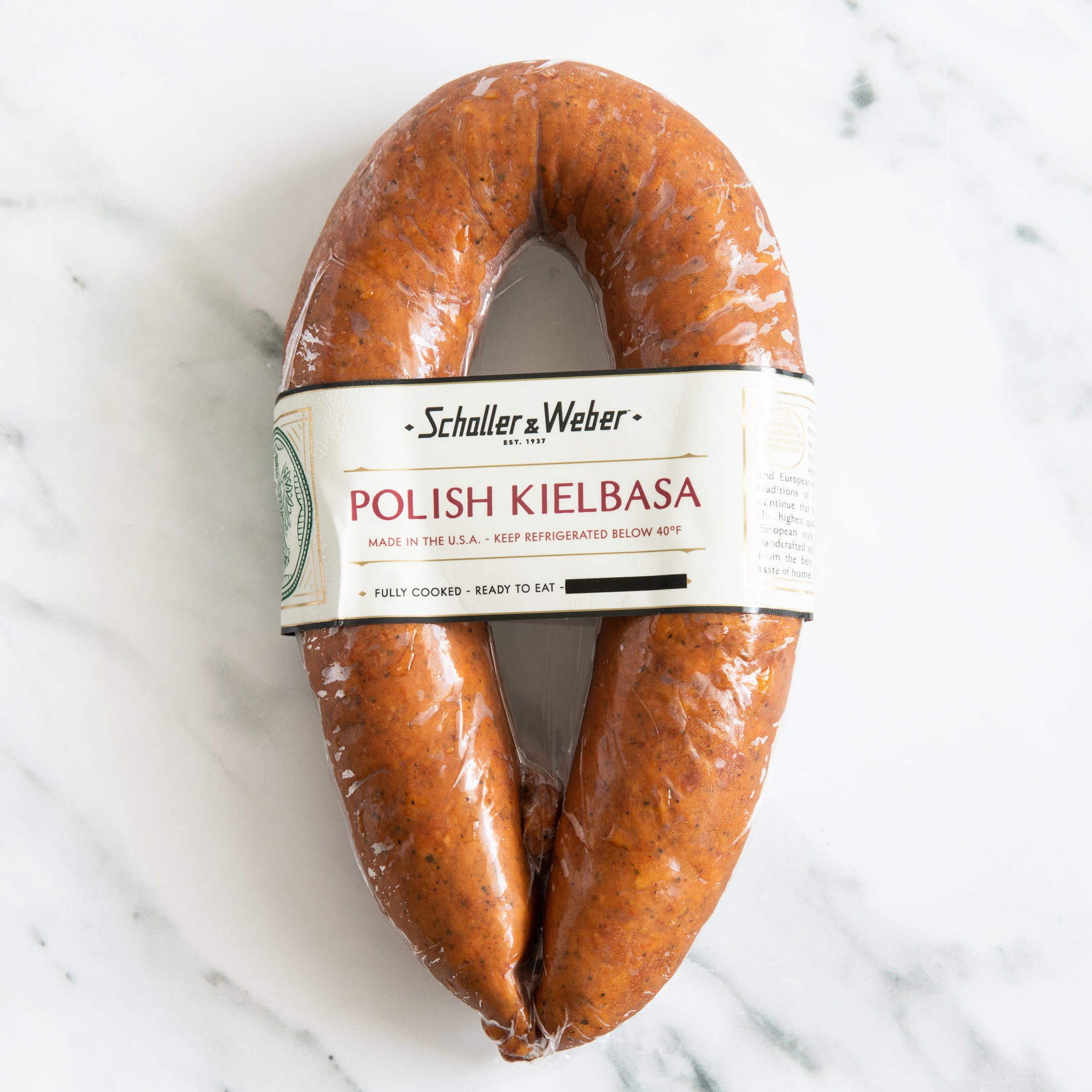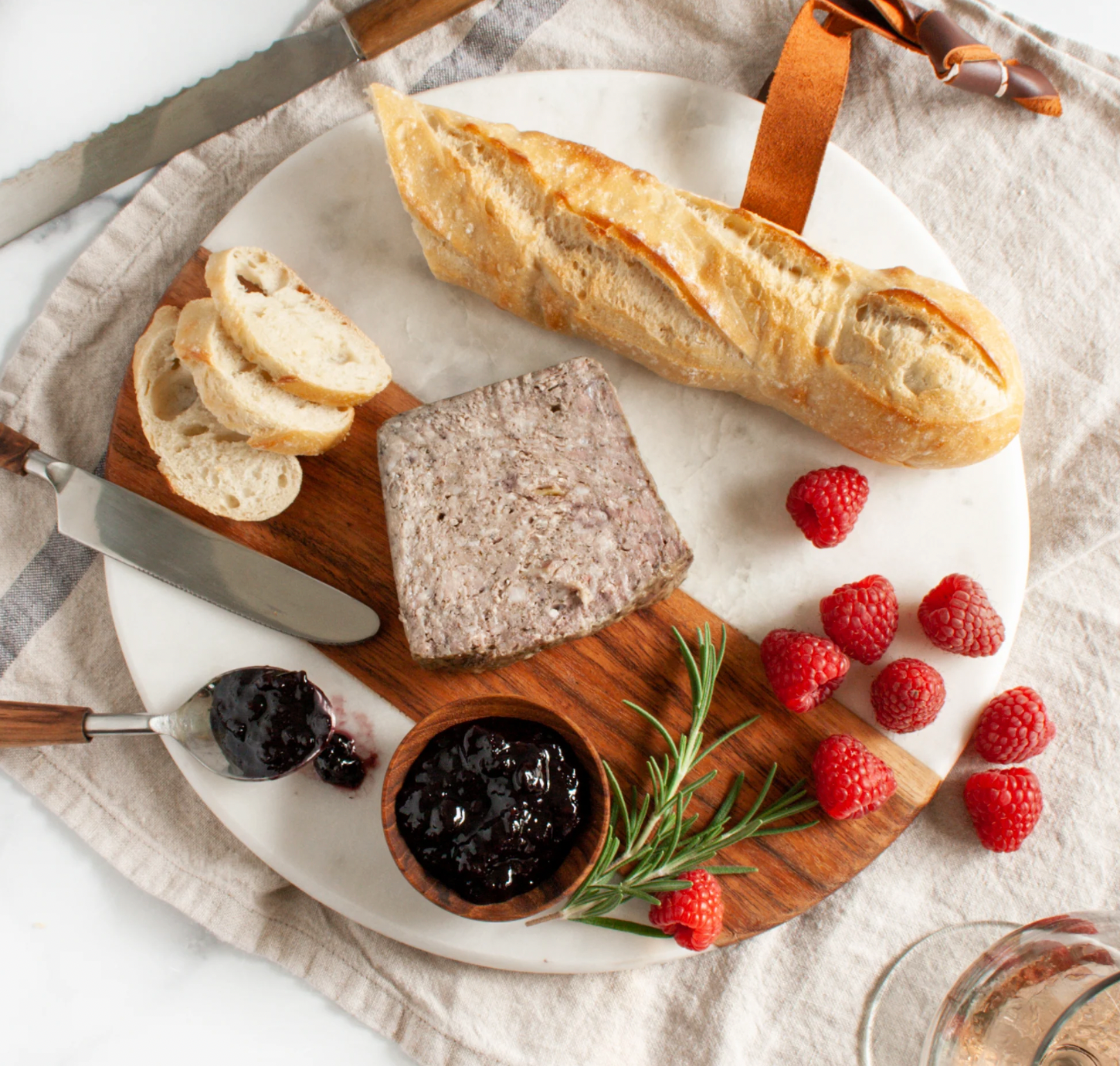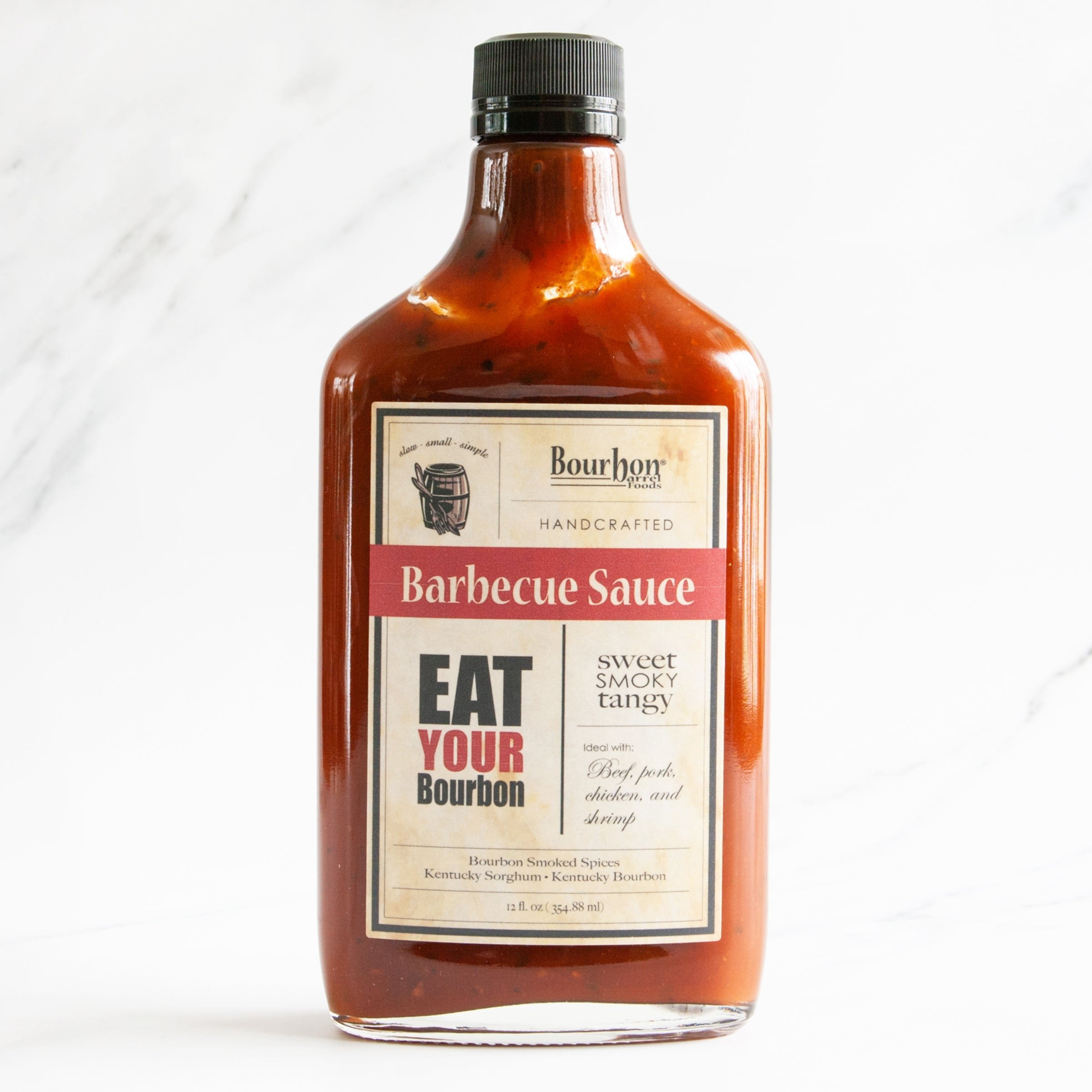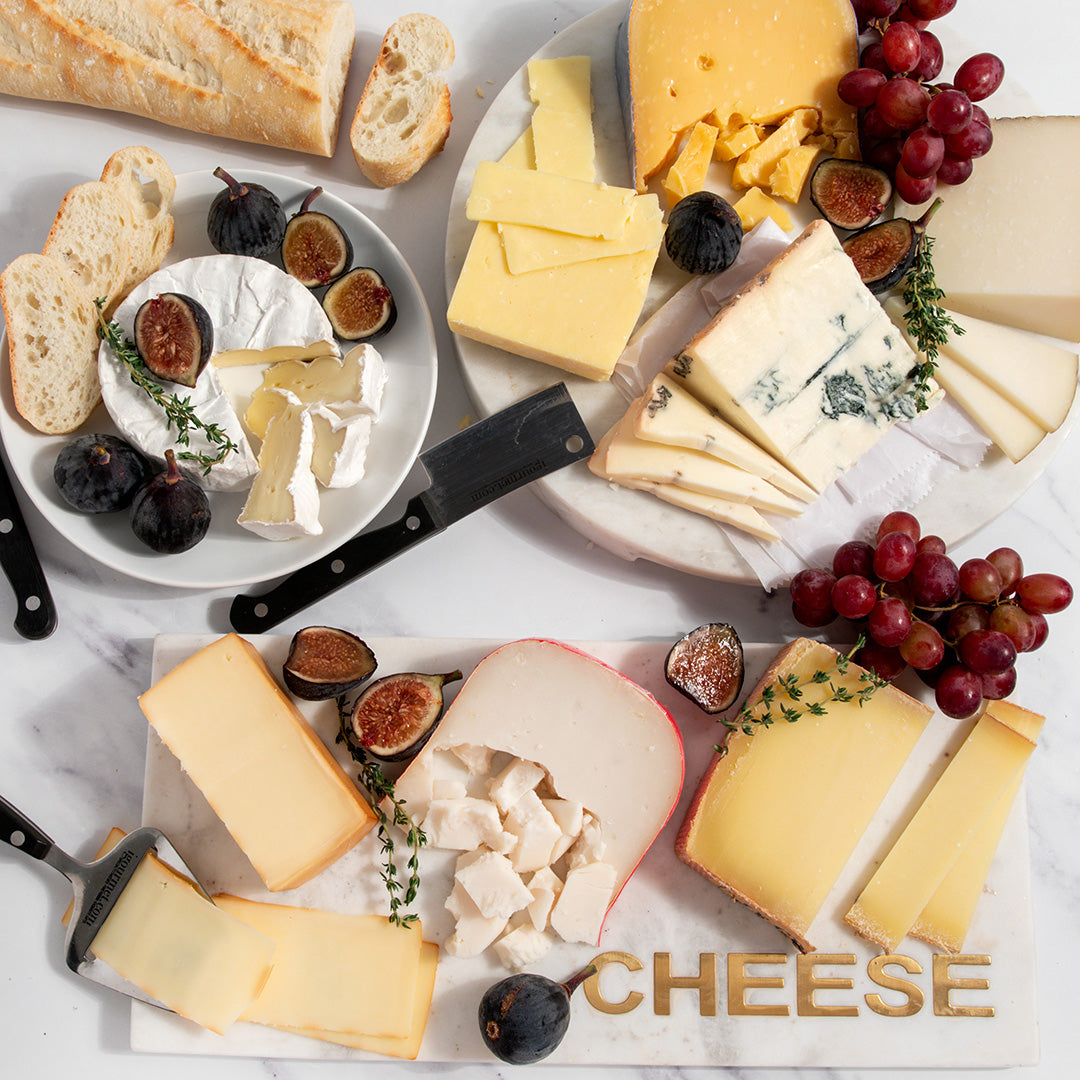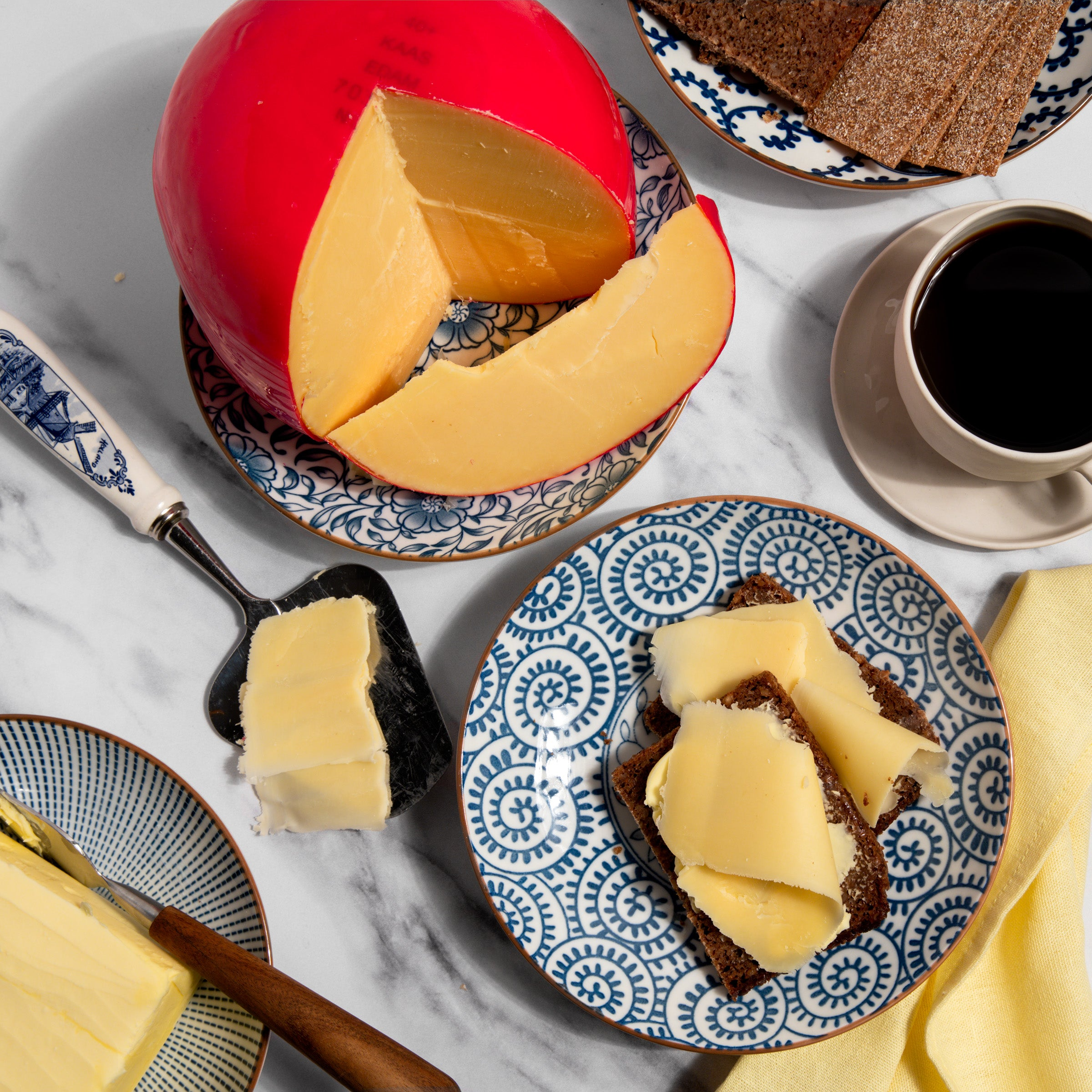Guide to Cheese Types
Mustard - Gourmet Guide
June 12, 2019 | By Dave Mattingly
Mustard is a condiment made from whole, cracked, crushed or ground seeds of the Mustard plant. While there are over forty varieties of the Mustard plant, only three varieties (white, brown or black) are used in making the condiment. In its preparation, the Mustard seed is mixed with a liquid, such as water, vinegar, wine, beer or verjus and often salt, spices and seasonings. Mustard seeds themselves are not hot until they are cracked or crushed and mixed with a cold liquid. The chemical compounds myrosin and sinigrin react with each other and create a hot Mustard oil which provides the heat we all know and love. Brown and black Mustard seeds tend to create much hotter Mustards than yellow Mustard seeds. Today, brown and white Mustard seed are used more often than black Mustard seeds to make Mustard due to the fact that black Mustard seeds are difficult to mechanically harvest.
The word "mustard" is ultimately derived from the Latin word mustum, meaning "must" or a young wine. Mustard was originally made my mixing its seeds with must. While evidence exists which shows that Mustard was in existence during Egyptian, Greek and Roman times, its popularity did not rise until Mustard was introduced by the Romans to Gaul (present day France). By the 9th century, production of Mustard flourished in French monasteries, and by the 1400s, Mustard had spread throughout much of Europe, each of which made their own Mustard variations.
By 1634, Dijon, France was legally granted exclusive rights to produce Mustard for the entire country. Modern Gourmet Mustard makers emerged in the mid-1700s with Paris's The House of Maille and England's Keen and Sons leading the way. In 1777, Maurice Grey and Antoine Poupon joined forces to create the famous Grey Poupon brand of Mustard in Dijon, France. Despite this, interest in Mustard had declined in the 1700s, partly due to the introduction of new spices from the Far East. In 1856, Jean Naigeon of Dijon, France substituted verjus (the acidic juice from not quite ripe grapes) for vinegar in prepared mustard. Thus Dijon Mustard, the smooth, less-acidic Mustard was born and created renewed interest in the condiment. This secured Dijon, France as the world's capital of Mustard.
Jermiah Colman established Colman's Mustard of England in 1814 and by 1866 had been appointed Mustard maker to Queen Victoria. In America, 1885 marked the year that a pair of brothers with the name of French founded a flour mill and spice business in New York. In 1904, they created a mild, bright yellow Mustard and called it French's Cream Salad Brand Mustard. This Mustard met the ball park hot dog and the rest is history. French's Mustard would soon outsell other Mustard brands in the US at the rate of 5 to 1.
Today Mustard is second to only peppercorns as the most popular condiment in the US. Mustard is a low calorie condiment as a teaspoon of plain Mustard averages just five calories. Mustard is also a nutritious condiment containing high levels of vitamins, selenium and Omega-3 fatty acids. Often sold in cans, dry Mustard may be mixed with water in order to create one's own prepared Mustard. Hundreds of varieties of Mustard are available - from the classic American yellow, to whole grain, fruit, hot, sweet, herbed and many more.
TYPES OF MUSTARD
American Yellow Mustard
Most commonly used in the US, American Yellow Mustard is a mild Mustard that contains turmeric, giving it its bright yellow color. Also called ballpark Mustard, American Yellow Mustard history has strong ties to the ballpark hot dog. American Yellow Mustard is made with white mustard seeds.
Burgundy Mustard
Burgundy Mustard is a Dijon-type Mustard flavored with Burgundy wine that adds hints of grape to its creamy texture.
Bordeaux Mustard
Bordeaux Mustard is made with brown and black Mustard seeds and Bordeaux grape must, lending a wine flavor to this dark brown condiment. Bordeaux Mustard is perfect for serving with steak.
Chinese Mustard
Chinese Mustard is made from brown Mustard seeds and is typically very hot. Chinese Mustard is made into a paste from Mustard powder mixed with water or wine.
Deli Mustard
Deli Mustard is made from brown mustard seeds and seasoned with garlic, dark brown sugar, ginger and other spices. Small specks of spice are visible in the texture of Deli Mustard.
Dijon Mustard
Dijon Mustard, which was first made in 1856 with verjus (the juice of unripened grapes) instead of vinegar, is most often made with white wine today. Beige to yellow in color, Dijon was the first Mustard in the world whose production was regulated. Dijon Mustard is made in both whole grain and smooth varieties. Grey Poupon Dijon Mustard is the best selling Dijon Mustard in the US.
English Mustard
English Mustard is typically made from a combination of white and brown or black mustard seeds, flour and turmeric. It is usually bright yellow in color with an extremely hot spiciness, and pairs particularly well with beef and sausages.
Flavored Mustard
There are hundreds of varieties of flavored mustards available today. These mustards may contain, fruit, vegetables, herbs and/or spices to create unique Mustards such as balsamic, basil, blackcurrant, chili, chive, fig, garlic, horseradish, jalepeno, onion, green peppercorn, shallot, tarragon, walnut, or even bacon and blue cheese! Additionally, many types of Mustard are flavored with spirits such as beer, wine, champagne and cognac just to name a few!
Fruit Mustard
Mustard oil has been paired with fruit since the creation of Mostarda di Frutta (a mixture of Candied fruit and mustard syrup) in the Lombardy region of Italy in the 1300s. Fruited Mustards include Apple Mustard, Raspberry Mustard, Lemon Mustard and Orange and Honey Mustard.
Honey Mustard
Honey Mustard is a sweet mustard made by combining honey and Mustard (often at a ratio of 1:1). Honey can be added to any variety of Mustard. Honey Mustard is often used as a dipping sauce for finger foods such as chicken, onion rings and French fries. It is also a key ingredient in salad dressing and marinades.
Hot Mustard
Hot Mustard is typically made from the hotter brown and black mustard seed varieties. Chinese Mustard, Dijon Mustard and English Colman's Mustard are all made from the stronger and more pungent brown Mustard seed.
Irish Mustard
Irish Mustard typically blends whole grain mustard with Irish whiskey.
Japanese Mustard or Wasabi Mustard
Japanese Mustard and Wasabi Mustard is a mixture of Mustard and white horseradish root, cornstarch and food coloring. It is usually produced in powdered form.
Meaux Mustard (Moutarde de Meaux)
Known as the "king of mustards", Meaux Mustard, or Moutarde de Meaux in French, has been served to French kings since 1632. Made by the Pommery family, this rich whole grain mustard is made from crushed multi-colored mustard seeds mixed with vinegar and spices. Moutarde de Meaux is typically packaged in stone crocks.
Sweet Mustard
Sweet Mustards are enriched with sweeteners and include honey Mustard, brown sugar Mustard, maple Mustard and spiced honey Mustard.
Whole Grain Mustard
Whole Grain Mustard's seeds are not crushed but rather left whole and mixed with additional ingredients.
INTERESTING MUSTARD FACTS
- Ancient Chinese believed that Mustard was an aphrodisiac.
- German brides are advised to sew Mustards seeds into the hem of their wedding dresses in order to ensure authority of the household.
- In the 14th century Pope John Paul XXII enjoyed Mustard so much that he created a new position at the Vatican called grand "moutardier du pape" (mustard maker to the pope) and hired his nephew to fill the position.
- In both Denmark and India, it is believed that evil spirits can be fended off by spreading Mustard seed around the exterior of the home.
- The Mount Horeb Mustard Museum in Moint Horeb, Wisconsin contains over fifty thousand jars of Mustard from every state in the US and over sixty countries. National Mustard Day is celebrated at The Mount Horeb Mustard Museum on the first Saturday of every August.
- Mustard is linked to allergic reactions. Products containing Mustard must be labeled as potentially allergenic in the European Union.
- The US consumes the most Mustard in the world, with average per capita consumption of 12 oz. of Mustard annually.
- Over seven hundred million pounds of Mustard are consumed throughout the world each year.






